DROPS Lima
The perfect every day yarn!
from:
2.28£
2.19€
Content: 65% Wool, 35% Alpaca
Yarn Group:
B (20 - 22 stitches)
/ 8 ply / DK / worsted
Weight/length: 50 g = approx 100 m
Recommended needle size: 4 mm
Knitting tension: 10 x 10 cm = 21 sts x 28 rows
Care: Hand Wash, max 30°C / Dry Flat / Feltable
Superwash: no
Made in: Peru
Raw material origin: Alpaca and wool from South America
This yarn has an Oeko-Tex® certification (certificate number 23.HPE.36896), Standard 100, Class II from the Hohenstein Institute. This means that is has been tested for harmful substances and is considered safe in human-ecological terms. Class II means the yarn is suitable to come in direct contact with the skin to a large extent, such as blouses, shirts, mattresses, etc.
DROPS Lima is a 4 strands sport yarn, made in a combination of 65% wool and 35% superfine alpaca, and its fibers are untreated, which means that they are only washed and not exposed to any chemical treatment prior to the dyeing. This highlights the fibers’ natural properties, while also providing a better shape and texture quality.
DROPS Lima is perfect for outdoor garments like classic Norwegian sweaters and sportswear, that are usually knitted tight for good shape stability. Hard wearing and durable like any great wool yarn should be, it also has the lovely properties from the alpaca, being soft and comfortable. A sport yarn with a touch of luxury!
Read more about our products' sustainability here
Please be aware that the colours shown may vary from screen to screen in the same way that shades may vary slightly from dye lot to dye lot.
First of all, consider just airing the garment, instead of washing it. If you still desire to wash it, here are some guidelines:
- Hand wash at 30ºC - separately - with wool detergent without enzymes or optical brighteners.
- Don’t let the garment soak. Move the garment gently back and forth, do not rub or squeeze it.
- Rinse the garment until the rinse water is completely clear, making sure the water temperature stays uniform.
- Do a light centrifugation of the garment (about 800rpm), choosing a program that DOES NOT take in water at the start. Or press carefully the water out of the garment with a dry towel. The garment shouldn’t be twisted or rolled.
- To dry the garment, shape it and lay it flat - do not hang - ideally on a warm bathroom floor or on top of a drying rack in a room with good air circulation. Never dry the garment in direct sunlight.
- Don’t tumble dry.
- Never iron the garment directly. Use always a damp cloth between your steaming iron or regular iron and the garment.
Note: If you are washing a project made with this yarn combined with another, the general guideline is to follow the washing instructions for the most delicate of the yarns you are working with.
Thinking about felting this yarn?
See how this yarn looks before and after felting:
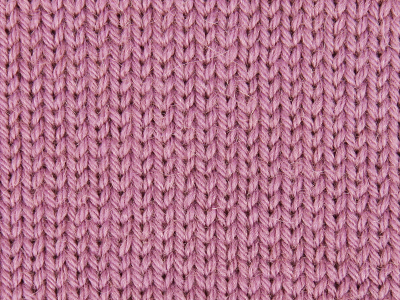
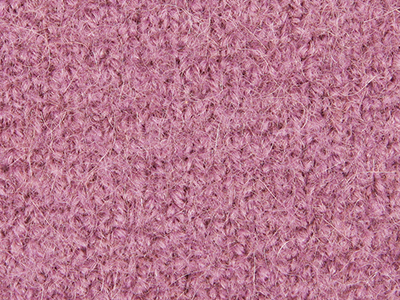
Needles: 4.00 mm
Before: 20 sts x 26 rows
After: 22 sts x 34 rows
Do you have a question about this yarn?
See a list of frequently asked questions (FAQ) about our yarns.
1) What type of fibers make the DROPS yarns?
Yarn can be made from a large number of natural and synthetic fibers. DROPS carries mainly yarns made from wool, cotton, alpaca, linen, mohair and silk. Each fiber type has its own qualities, and they are often mixed to take advantage of the best properties of each one. Coarse yarn has the advantage of being stronger and more durable, and finer fibers offer more softness and comfort. Here a bit about the main fibers we carry:
Alpaca:
Alpaca fleece is the natural fiber harvested from an alpaca, and it is similar in structure to sheep wool fiber. Its softness comes from the small diameter of the fiber, similar to merino wool. It is a soft, durable, luxurious and silky natural fiber. Yarn made from alpaca fibers does not felt or pill easily, and it can be light or heavy in weight, depending on how it is spun. While similar to sheep’s wool, it is warmer, not prickly, and has no lanolin, which makes it hypoallergenic. Alpacas come in 22 natural colors, with more than 300 shades from a true-blue black through browns-black, browns, white, silver and rose-greys.
Mohair:
This fiber comes from the Angora goats, and it's considered a luxury fiber. Mohair yarn is warm as wool, but much lighter in weight; it is durable, dyes well and does not felt easily. Mohair fibers have also a distinctive luster created by the way they reflect light. Despite being a hard fiber, mohair is usually spun into a very fluffy yarn, resulting in airy and lustrous garments.
Wool:
The wool fibers come from the skin of sheep and are relatively coarse fibers. Two striking characteristics of wool are its susceptibility to heat and its felting property, which is caused by the scales on the surface. Depending upon the breed of sheep, the appearance of the wool varies.
Wool from Merino sheep is considered the finest type of wool, having as characteristics that is finely crimped and soft. All the Merino wool in the DROPS yarns has its origins in South America, coming from sheep that have not been subject to Mulesing.
Pure new wool is wool made directly from animal fleece, and not recycled from existing wool garments.
Machine washable wool is wool treated chemically to minimize the outer fuzzy layer of the fibers, and be therefore fitable for machine wash (see Superwash).
Silk:
The silk fiber is a fine continuous fiber produced from the cocoon of a moth caterpillar known as the silkworm. While silkworm is cultivated, the wild or tussah silk is obtained from uncultivated silkworm cocoons. Silk fiber is one of the strongest natural fibers and makes a wonderful knitting yarn. It blends really well with other fibers, especially wool. Silk also dyes beautifully with natural dyes.
Vegetable fibers:
There are several varieties of vegetable fibers, found in the cell walls of plants or vegetables. Of all the varieties, two are recognized as major knitted or textile fibers. They are cotton and linen.
Cotton is the fiber surrounding the seeds in a cotton pod, and it is almost pure cellulose. Cotton is usually white in color but there are green and brown varieties as well. The cotton fiber is most often spun into yarn or thread and used to make a soft, breathable textile that is good for summer clothing and accessories, making a weaker yarn than silk or linen but stronger than wool.
Mercerized cotton is cotton that has been through a mercerization treatment. This treatment gives cotton fabrics and threads a lustrous yarn that is more lustrous than conventional cotton. It is also stronger, takes dye a little more readily, makes the yarn more resistant to mildew and reduces lint. It also may not shrink or lose its shape as much as "regular" cotton.
Linen is a fiber derived from the stalk of the flax plant that is durable and stronger than any other fiber. The linen fiber is relatively soft, straight and lustrous and becomes more beautiful with age. Linen is more comfortable to wear in hot temperatures than cotton, due to the fact that it absorbs moisture better and dries more quickly.
Other materials used in our yarns include synthetic fibers such as acrylic, viscose, polyamide (nylon) and polyester. These fibers are used mostly to give strength to a yarn (like our sock yarn, DROPS Fabel) or a special kind of structure (like our blown yarn, DROPS Air).
The polyamide fibre, commonly known as nylon, is very strong, durable, lightweight, easy to care for (can be machine washed and dried), and elastic, which makes it perfect for blending with other fibres to produce hard-wearing yarns like sock yarn.
Compared to polyester, polyamide is softer and more flexible, but it also absorbs more water and dries slower.
3) What type of information can I find on the DROPS yarn labels?
All DROPS yarn labels include information about fiber content (wool, cotton, etc.), weight in grams and ounces, length in meters and yards, washing instructions and symbols (explained here), color number, dye lot number and yarn group information.
4) What are the DROPS yarn groups?
All DROPS yarns are classified into 6 different thickness groups (A to F). Yarns in a same group have similar knitting tension/gauge, and can therefore be interchanged in patterns; however the length may be different, so when substituting always calculate the amount of meters/yards needed for the pattern to know the amount of yarn you need to get.
5) Can I use a different yarn than the one mentioned in the pattern?
Yes, as long as the yarn can be worked in the same knitting tension/gauge. Always swatch to make sure you get the same number of stitches in width and rows in height as given in the pattern.
Remember that different yarns with different textures, will give the garment different looks. The yardage/length may also be different, so when substituting always calculate the number of yards needed, in order to know the amount of yarn you need.
Read more about how to calculate the amount of an alternative yarn - and how to replace 1 thread of a yarn with 2 or more of another, here.
6) What does it mean when a yarn is “Superwash”?
A superwash wool is a special wool product that has been treated or processed in a way that allows it to be machine washable. Many people are afraid to work with wool because it is so easy to shrink (though some shrink wool on purpose) and superwash wool can allow them to work with great fibers without worry. (Read more here).
7) What does “Oeko-Tex® certified” means?
The Oeko-Tex® Standard 100 was introduced at the beginning of the 1990s as a response to the needs of the general public for textiles which posed no risk to health. The Oeko-Tex® Standard 100 is a globally uniform testing and certification system for textile raw materials, intermediate and end products at all stages of production. The test for harmful substances comprise substances which are prohibited or regulated by law, chemicals which are known to be harmful to health, and parameters which are included as a precautionary measure to safeguard health.
For more info go to www.oeko-tex.com
10) How accurate are the colours on the shade cards online?
When obtaining images for the shade card, we do our best to achieve the highest level of color accuracy. Unfortunately, we cannot guarantee how images will appear on your computer screen. Every monitor displays color differently, some colors might look darker than they really are, and some colors might be more saturated on some screens. If you experience that many of the yarn colors looks different on your screen than the actual color of the skeins, you can adjust the setting on your monitor.
11) What is a micron? What does super fine / extra fine mean?
The fineness of yarn fibers is measured in microns (thousands of millimeters). Super fine alpaca wool is 26-28 microns. Fine merino wool is less than 21.5 microns and extra fine merino is under 19.5 microns. The less microns the softer and more delicate a quality can be, the more microns the more hard wear the quality will be.
The reason why the microns in a yarn’s fibers are important is that the yarn will eventually become something else, and how delicate or coarse a yarn is will determine in part what we use it for. That’s why we recommend the softest yarns (like DROPS Baby Merino) for baby clothing, or why we choose to use a more hard wear yarn like DROPS Snow, for a seating pad or slipper.
12) Why are the colours in my skeins of print yarn different?
The reason why two skeins of a same print yarn look different can be 1) that both skeins are part of different dye lots; 2) that the skeins have been dyed using a technique called "magic print" (the one used for example in DROPS Delight), which provides unique patterns and smooth colour transitions to each skein, meaning also that within one dye lot, lighter or darker varieties might appear. This is no fault or defect, but part of the yarn's character.
13) My store doesn’t have the colour I want, what can I do?
If your DROPS store doesn’t have the yarn colour you want, try contacting a DROPS Super Store (the ones with the golden badges) - they will make sure to get a hold of the colour even if they don’t have it in stock themselves. See a list of all DROPS stores here.
14) Where can I find a specific dye lot of a colour?
Always try contacting your DROPS store first. If they do not have the dye lot you want we recommend you to ask other knitters and crocheters in the DROPS Workshop in Facebook or Ravelry, which may have the dye lot in their stash and might be willing to part from it.
Yarn sheds because there's not enough twist to hold all of the fibers together. All yarns have excess fibers (from production) that might come off as lint or shedding, in varied degrees that depend on how the yarn is spun. Brushed yarns ("hairier" yarns) like DROPS Melody, have more of these loose fibers than other yarns, and therefore shed more. Shedding also depends on what is worn under or over the garment, and whether this pulls at the yarn fibers. It’s therefore not possible to guarantee that there will be no shedding.
Below are some tips on how to get the best result when working with hairier yarns:
- When the garment is finished (before you wash it) shake it vigorously so the looser hairs come off. NOTE: do NOT use a lint roller, brush or any method that pulls at the yarn.
- Place the garment in a plastic bag and put it in your freezer - the temperature will cause the fibers to become less attached to each other, and excess fibers will come off easier. Leave in the freezer for a few hours before taking it out and shaking it again.
- Wash the garment according to the instructions on the yarn label. Garments worked with hairier yarns usually need to be shaken once dry after washing, so that the hairs rise and any excess fibers can come off.
Pilling is a natural process that happens to even the most exclusive of fibers. It's a natural sign of wear and tear that is hard to avoid, and that is most visible in high friction areas of your garment like a sweater's arms and cuffs.
You can make your garment look as new by removing the pilling, using a fabric comb or a pill/lint remover.
How can I replace this yarn?
If you are looking to replace this yarn with another DROPS yarn, you can use another yarn within the same yarn group, or try our yarn converter!
Other yarns in Yarn Group B
Read more about replacing yarn.Have a problem with the DROPS yarn you purchased?
When you purchase yarn from the shade cards or patterns on our site, you are not buying directly from DROPS but from one of the hundreds of DROPS stores around the world. It is therefore important that you take contact with the DROPS store where you bought the yarn, and that you save the labels of all the skeins you purchased (they are your warranty).
The DROPS store you contact will assist you and escalate the claim if necessary. Find a list of DROPS stores here.
Comments / Questions (221)
![]() Melanie wrote:
Melanie wrote:
Hallo! Ich habe als Strickanfängerin einen dummen Fehler gemacht: Maschenprobe gemacht, aber nicht gewaschen . Jetzt habe ich den Pullover aus LIMA Wolle fast fertig und stelle mir besorgt die Frage, wie sich das Garn nach dem Waschen verhält. Wird der Pullover evtl. größer oder kleiner?
09.12.2019 - 18:52DROPS Design answered:
Liebe Melanie, wenn Sie de Pflegehinweise in der Farbekarte (+ auf der Banderolle) + diese allgemeine Tipps folgen, sollte Ihr strickstück ziemlich dasgleiche sein. Im zweifelsfall wenden Sie sich an Ihrem Laden, sicher haben sie weitere Tipps für sie. Viel Spaß beim stricken!
10.12.2019 kl. 10:26
![]() Stefania wrote:
Stefania wrote:
Buongiorno, vorrei acquistare drops lima 9015 e 9016, vedo che i negozi online non li hanno ma sono presenti dai grossisti. Come faccio ad averli?
08.09.2019 - 15:58DROPS Design answered:
Buongiorno Stefania. Provi a riverificare la disponibilità presso i rivenditori online. Può anche eventualmente contattare direttamente il rivenditore specificando il quantitativo che le occorre. Buon lavoro!
09.09.2019 kl. 07:40
![]() Mm wrote:
Mm wrote:
Bonjour, j’aimerais acheté drops lima pour une poupée. J’aimerais savoir si la laine boluche et est ce qu’il attrape les poils /poussiere ou non? Si oui alors quelle laine vous me recommandiez ( de la méme taille)?
02.08.2019 - 11:25DROPS Design answered:
Bonjour Mm, pour toute assistance au choix d'une laine, merci de bien vouloir contacter directement - même par mail ou téléphone - votre magasin DROPS qui pourra vous apporter une réponse personnalisée. Bon tricot!
08.08.2019 kl. 12:03
![]() Susanne wrote:
Susanne wrote:
Ich möchte den Rock stricken und danach filzen. Muss ich (außer durch Filzen der Maschenprobe und Umrechnen der Maschen und Reihen) noch etwas beachten. Bei welcher Temperatur kann ich das Garn filzen? Vielen Dank für die Antwort.
06.04.2019 - 12:35DROPS Design answered:
Liebe Suzanne, hier lesen Sie mehr über filzen - am besten nehmen Sie bitte Kontakt mit Ihrem DROPS Laden auf - auch telefonisch oder per Mail. Viel Spaß beim stricken!
08.04.2019 kl. 10:52
![]() Josiane TAVANI wrote:
Josiane TAVANI wrote:
Bonjour j'ai confectionné un pull pour mon fils avec de la laine lima mix 65% laine et 35% alpaga je voudrais savoir si je peux le laver avec le programme laine machine merci pour vos informations Josiane
06.01.2019 - 14:30DROPS Design answered:
Bonjour Mme Tavani, DROPS Lima se lave conformément à l'étiquette et aux indications sur le nuancier; à la main, 30°C max - séchage à plat. Vous trouverez ici quelques conseils supplémentaires. Bon tricot!
07.01.2019 kl. 12:42
![]() Kerstin wrote:
Kerstin wrote:
Ich liebe diese Wolle! Hab schon Mützen damit gestrickt und den Rock "Diamond Twist". Wunderschön geworden!!!
12.12.2018 - 13:12
![]() Caitlyn Palmen wrote:
Caitlyn Palmen wrote:
Hi! Are any of these undyed yarn in the Lima mix?
19.11.2018 - 15:58DROPS Design answered:
Dear Mrs Palmen, all colours Lima are dyed because of the mix of the wool and alpaca; Happy knitting!
20.11.2018 kl. 09:17
![]() Maria Do Couto wrote:
Maria Do Couto wrote:
Can you tel me if this yarn has a soft touch ?
24.10.2018 - 12:28DROPS Design answered:
Hi Maria! It is similar to Nepal. If wool makes your skin itchy, merino would be a better choice!
09.12.2018 kl. 19:31
![]() Wil Kerkmeer wrote:
Wil Kerkmeer wrote:
Ik heb een prachtige trui gebreid van Lima model Joyride. Helaas heb ik deze trui te enthousiast geperst waardoor alles kennelijk is opgerekt en de trui 1 maat te groot is geworden, ook de kraag lubbert. Deze kan ik eventueel naar binnen vouwen en met een steekje vastzetten. Wie heeft er tips voor mij om de trui enigszins terug te krijgen in de oorspronkelijke vorm? Alvast hartelijk bedankt voor het meedenken! vrgr. Wil
11.09.2018 - 15:03DROPS Design answered:
Dag Wil, Waarschijnlijk zijn door het persen de wolvezels wat beschadigd waardoor het lastig is om de trui terug in vorm te krijgen. Je kunt het kledingstuk voorzichtig opnieuw wassen en dan liggend laten drogen (nadat je deze eerst op vorm hebt gebracht), bijv. tussen 2 handdoeken. Het is ook belangrijk, als je de trui niet draagt, dat je de trui dan in de kast legt en niet ophangt, anders lubbert hij uit.
11.10.2018 kl. 16:48
![]() Carole wrote:
Carole wrote:
Bonjour, Pourquoi la LIMA est-elle plus fine qu'avant ? (dommage !!!) Je pensais que c'était une impression, mais non ! En faisant du tri dans mes chutes de laine, j'ai retrouvé de la LIMA acheté en 2010 et les pelotes faisaient 92 mètres et aujourd'hui 100 mètres : cela explique pourquoi elle est plus fine. Pourquoi cette qualité a-t-elle changée ? Merci pour votre réponse.
29.07.2018 - 15:13DROPS Design answered:
Bonjour Carole, la longueur de DROPS Lima a été modifiée il y a plusieurs années et mesure maintenant environ 100 m. Bon tricot!
31.07.2018 kl. 15:22
![]() Marie-Cécile Henry wrote:
Marie-Cécile Henry wrote:
Bonjour, J'ai lavé mon pull en Drop LIMA à 30°C dans ma machine à laver... Et il est ressorti tout feutré, alors que d'autres se portaient très bien ! Comment cela se fait-il ? Comment faire pour l'éviter ? Merci!
24.07.2018 - 10:09DROPS Design answered:
Bonjour Mme Henry, DROPS Lima doit se laver à la main, vous retrouverez toutes les consignes d'entretient sur l'étiquette et sous l'onglet "Entretien" du nuancer. Retrouvez ici quelques généralités sur l'entretien de nos fils à tricoter, pour toute question, idée ou astuce complémentaire, n'hésitez pas à contacter votre magasin, même par mail ou téléphone, on saura vous conseiller. Bon tricot!
25.07.2018 kl. 08:43
![]() Monika Larsson wrote:
Monika Larsson wrote:
Hej! Jag har en fråga om garnet Limas sträckning.Jag har äldre nystan som är märkta 50 gram=92 meter och det sjögröna(färg 9018) är märkt 50 gram=100 meter. Har garnet blivit tunnare/tynre? Jag tycker man ser och känner skillnad på dom.
27.03.2018 - 16:31DROPS Design answered:
Hej Monika, ja vi ändrade för et bra tag sedan, så det passar bättre till stickfastheten i garngrupp B.
03.04.2018 kl. 14:57
![]() Kjersti wrote:
Kjersti wrote:
Kommer Lima i flere farger, feks marineblått??Passer så fint i Marius og Fana gensere!
02.01.2018 - 20:54DROPS Design answered:
Hei Kjersti. Vi har en flott marineblå farge i Lima, fargenr 9016. Eller tenkte du på en lysere blå farge? mvh Drops design
03.01.2018 kl. 10:22
![]() Ingunn Garnes wrote:
Ingunn Garnes wrote:
Hei! Jeg kunne tenkt å strikke Lofoten koften. Hvilke garn vil dere anbefale som ikke klør? Jeg må strikke i et garn som ikke klør overhodet. Mvh Ingunn
26.11.2017 - 14:13DROPS Design answered:
Hei Ingunn. Usikker på hvilket garn det er brukt i Lofoten kofften, men siden du har lagt det inn under DROPS Lima går jeg ut ifra at det er den tykkelsen du er ute ettet. DROPS Lima tilhører garngruppe B og her finner du DROPS Merino Extra Fine (100% ull) som er et garn som er mild mot huden. Men om det klør for deg, er noe du selv må avgjøre, bare husk at DROPS Merino Extra Fine, som er kabelspunnet av flere tråder for å få rundhet og volum, gjør garnet ekstra elastisk. Det er derfor viktig å ha riktig strikkefasthet for å unngå at plagget strekkes. God Fornøyelse!
29.11.2017 kl. 13:08
![]() Silje M wrote:
Silje M wrote:
Hei. Skal strikke en herregenser i Lima, og lurer på om plagg i denne kvaliteten strekkes i bruk? Evt har dere noen erfaringen på om det krymper litt i vask? Jeg er veldig usikker på hvilken størrelse jeg skal strikke, da jeg helst vil unngå at den både blir for løs og for stram.
19.11.2017 - 01:59DROPS Design answered:
Hei Silje. Strikk gjerne fast for best mulig overflateegenskaper og formstabilitet. Følg vaskeanvisningen og etter vask, klem ut vannet og legg plagget flatt i den formen du ønsker, da trenger du ikke engste deg. God Fornøyelse!
29.11.2017 kl. 13:12
![]() Janet D wrote:
Janet D wrote:
I received my order of Lima and I love the feel of it. My only concern is that it says it is DK but to me it feels more like worsted. Is it just me? Is this a heavier DK? The cardigan I want to make seems to be a "lighter weight" sweater. I don't want the fabric to be to "stiff". Should I look at a different DK yarn? The pattern is on ravely and is called Corrine. Any input? Thanks.
27.07.2017 - 16:31DROPS Design answered:
Dear Janet, maybe you should knit a swatch with different needle size to check your tension with the yarn to get the desired texture. Happy knitting!
31.07.2017 kl. 13:25Sri wrote:
Hai, I am from Indonesia. I would like to ask where can I buy drops brand yarn that able to ship to indonesia?thanks.
30.06.2017 - 06:09DROPS Design answered:
Dear Sri, you will find the list of DROPS stores shipping worldwide here do not hesitate to contact them per mail for any further informations about shipment to Indonesia. Happy knitting!
30.06.2017 kl. 12:13
![]() Charlotta wrote:
Charlotta wrote:
Hej! Jag letar egentligen efter ett garn som heter Rooster almerino baby, men kan inte hitta det. Det garnet är 50% alpaca och 50% babymerino, kan man använda Lima istället? Mvh Charlotta
11.05.2017 - 16:39DROPS Design answered:
Hej Charlotte, det ser ut som om att Rooster almerino baby har 26m på 10 cm om det stämmer kan du använda garn från garngrupp A som DROPS Flora eller DROPS Baby Merino. Lycka till!
12.05.2017 kl. 14:14
![]() Manou wrote:
Manou wrote:
Bonjour, Je souhaite faire une robe trapèze en LIMA et compte mettre à la base aux poignets et à l'encolure la "MELODY", puis-je la tricoter au 4 ? Remerciements Manou
11.03.2017 - 20:38DROPS Design answered:
Bonjour Manou, l'idéal est de faire un échantillon pour trouver la taille d'aiguilles adaptée à la texture que vous souhaitez. Bon tricot!
13.03.2017 kl. 11:25
![]() Mc wrote:
Mc wrote:
Bonjour, J'aimerais faire une pull présenté en "cotton light" en "Lima", cette laine convient elle pour tricoter, au crochet un pull à "trous trous", qui sera porté en été ? Merci
14.01.2017 - 11:09DROPS Design answered:
Bonjour Mc, Lima et Cotton Light appartiennent toutes 2 au groupe B de nos fils, vous pouvez ainsi les utiliser en alternative, cliquez ici pour en savoir plus sur les alternatives. Bon crochet!
16.01.2017 kl. 11:13
![]() Bernadette L. wrote:
Bernadette L. wrote:
Hallo, tut mir Leid aber das beantwortet nicht meine Fragen. Wenn die Wolle vorher bei 50g 92m hatte und nun bei 50g 100m dann muss die Wolle nun dünner geworden sein, oder? Und falls sie dünner geworden ist, lassen sich das alte Knäuel (mit 92m) und das neue Knäuel (mit 100m) wahrscheinlich nicht mehr gut miteinander verarbeiten, nehme ich an? Ich bitte um eine genaue Auskunft. Danke.
13.01.2017 - 16:57
![]() Bernadette L. wrote:
Bernadette L. wrote:
Hallo, ich habe noch ein Knäuel Lima von vor 2 Jahren, da stand noch auf der Banderole 92m bei 50g. Ist die Wolle jetzt dünner geworden? Kann ich die frühere Wolle mit der neuen gemeinsam verarbeiten? Lg Bernadette
06.01.2017 - 14:35DROPS Design answered:
Liebe Bernadette, Lima ist jetzt 100 m, Länge wurde angepasst. Viel Spaß beim stricken!
09.01.2017 kl. 10:05
![]() Cisca wrote:
Cisca wrote:
Op jullie productvideo waar je het groene bolletje Lima laat zien is ook duidelijk de achterkant van het label te zien met daarop de looplengte van het garen...92 meter. Toch staat er nog steeds 100 meter op jullie website. Wat is het nu werkelijk?
11.12.2016 - 15:48DROPS Design answered:
Hoi Cisca. 100 m zoals er op de site staat. De video is gemaakt met de eerste bollen Lima, de looplengte en de wikkel is daarna aangepast.
12.12.2016 kl. 12:44
![]() Manuela wrote:
Manuela wrote:
Liebes DROPS Team, ich habe die Qualitäten LIMA und Alpaka jeweils in der Farbe Petrol gekauft. Warum sind diese Qualitäten und Farben nicht Öko-Tex zertifiziert? Ich möchte gerne sicherstellen, dass das Garn/Färbung keine Schwermetalle oder andere gesundheitsschädliche Stoffe enthält.
11.11.2016 - 13:18DROPS Design answered:
Liebe Manuela, wir empfehlen Ihnen ganz gerne unser DROPS Puna. Weitere Auskünfte bekommen Sie gerne von Ihrem DROPS Laden. Viel Spaß bein stricken!
14.11.2016 kl. 11:13








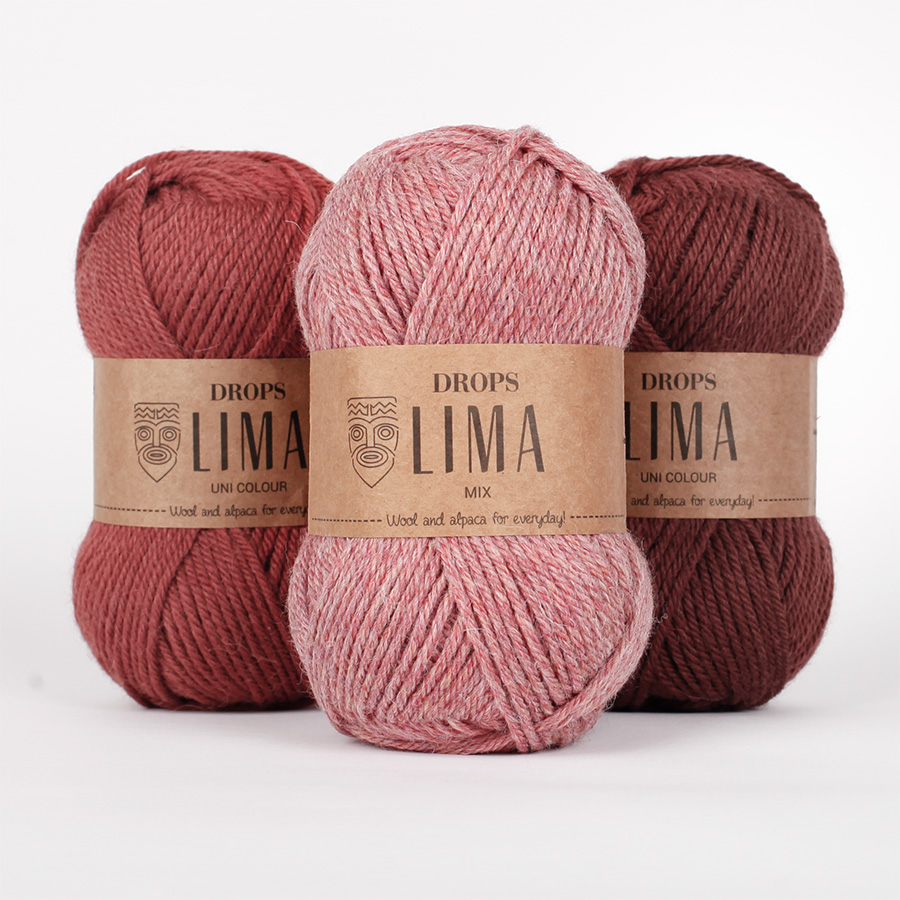




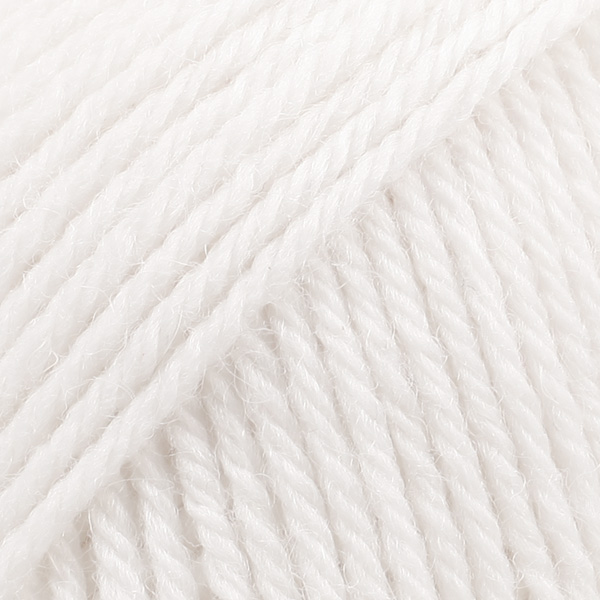




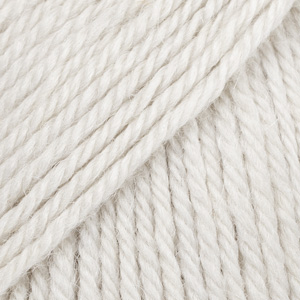
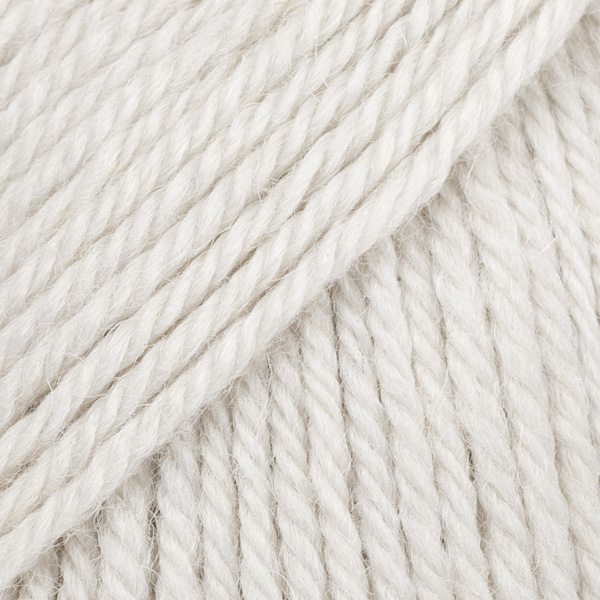

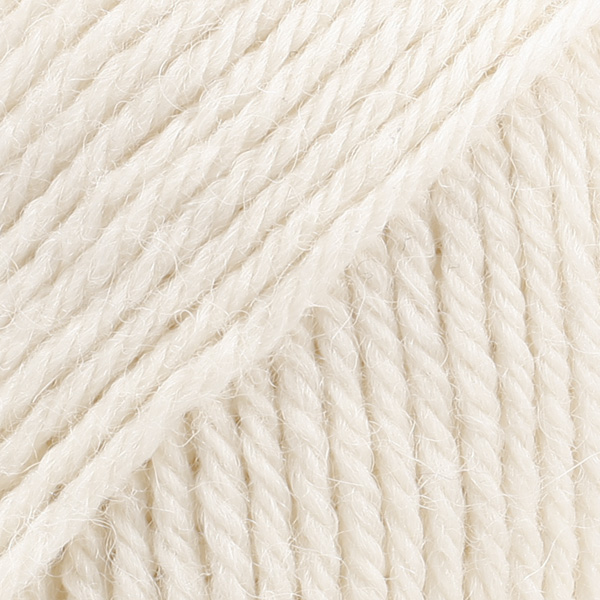






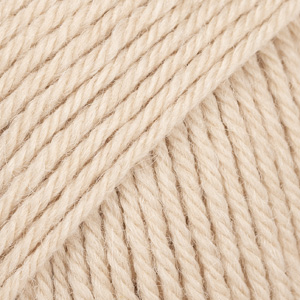
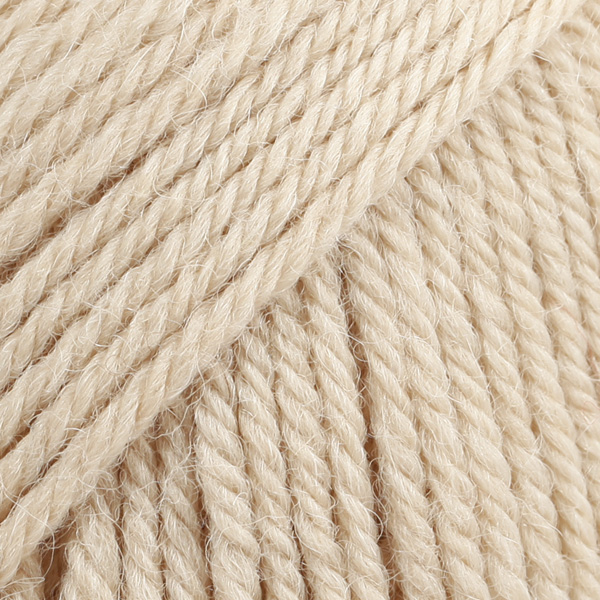









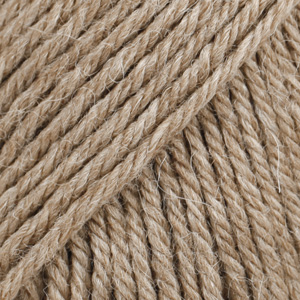
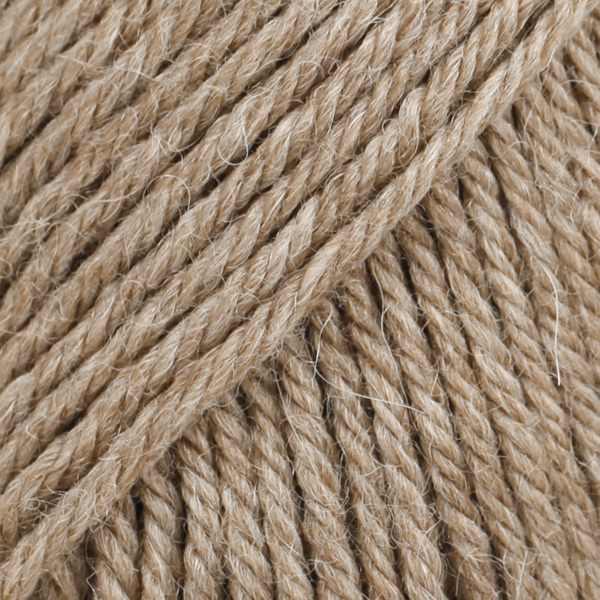


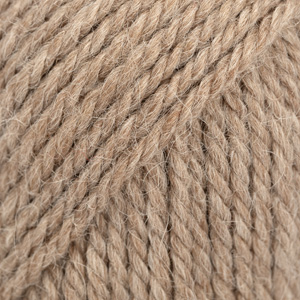

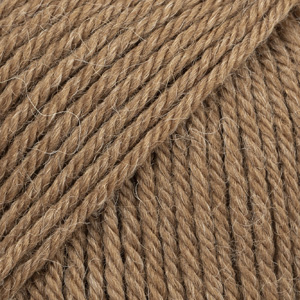
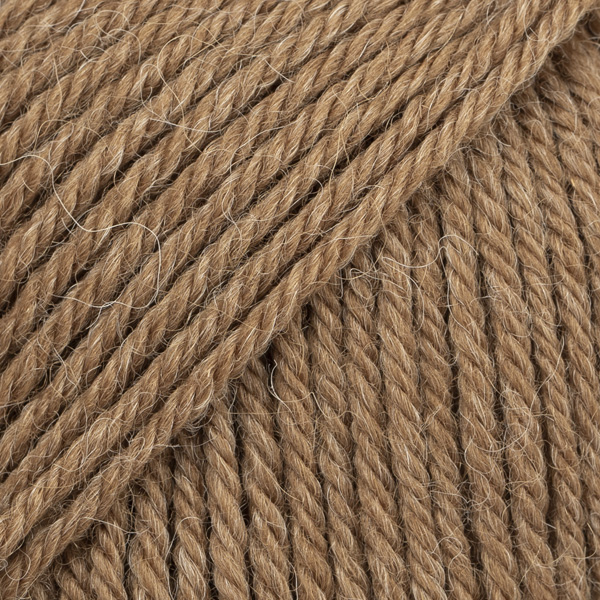

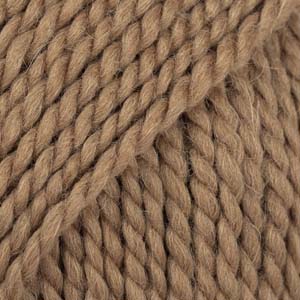







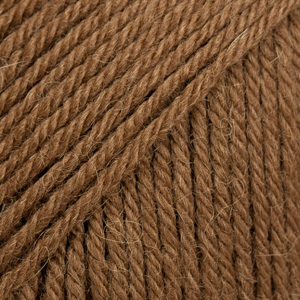
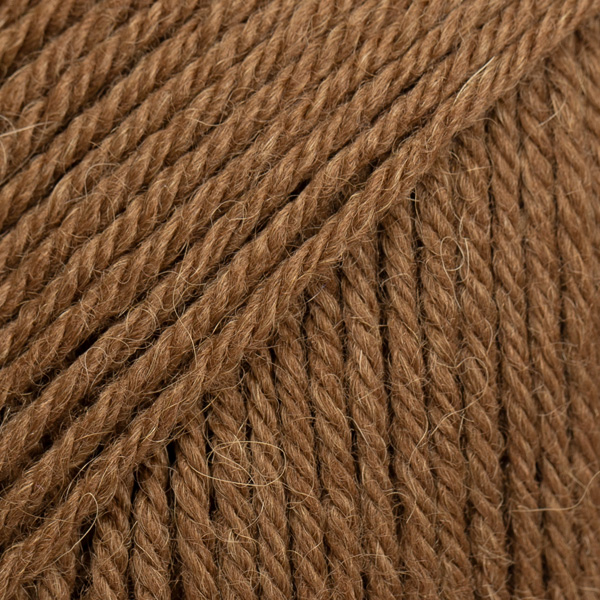


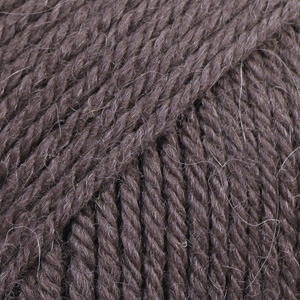
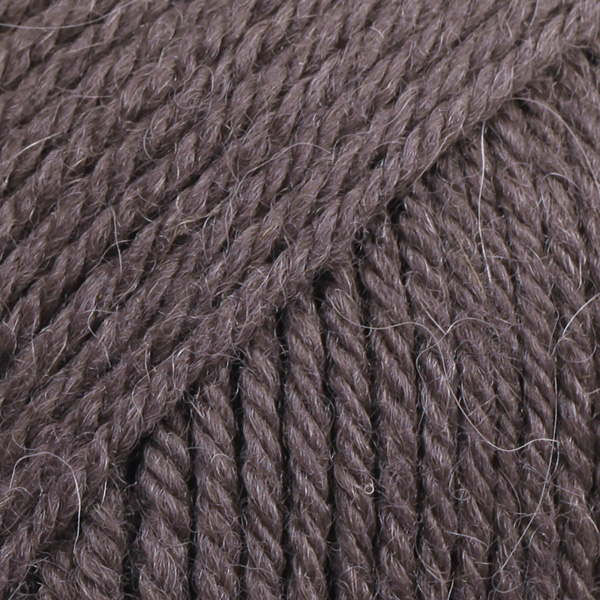
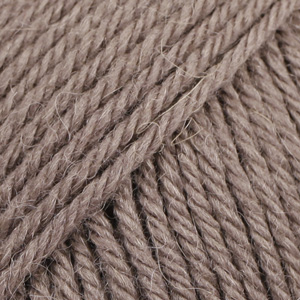
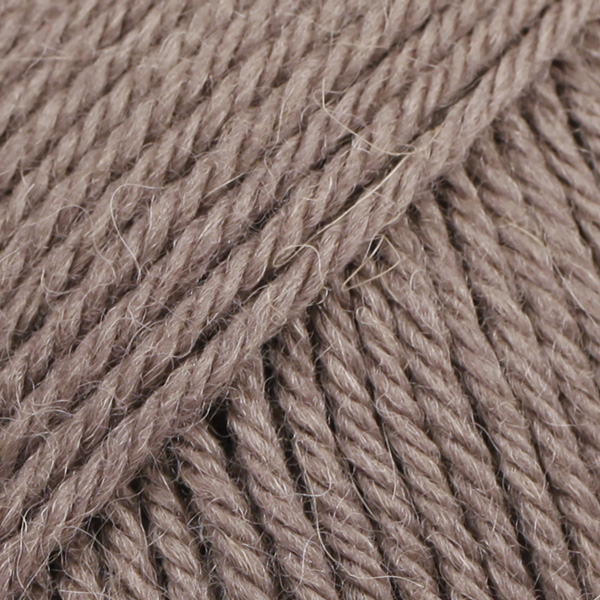
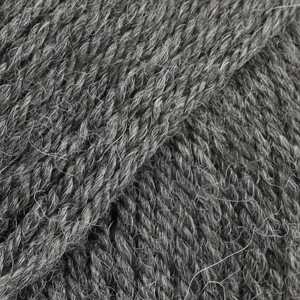






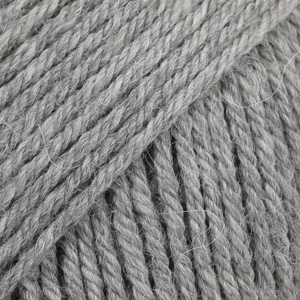
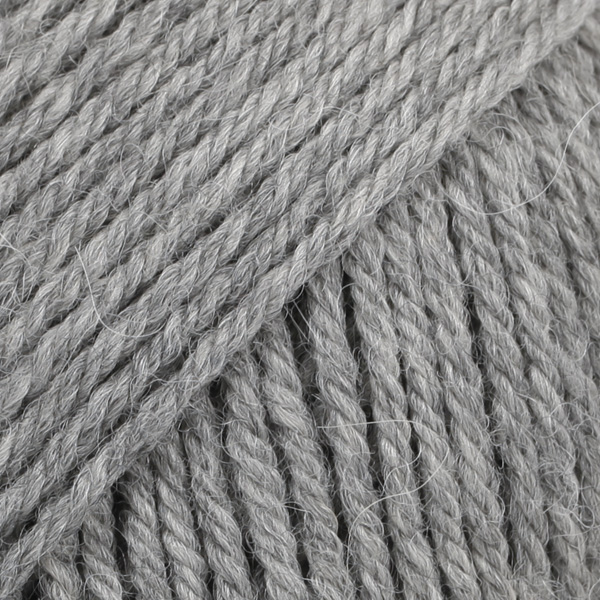








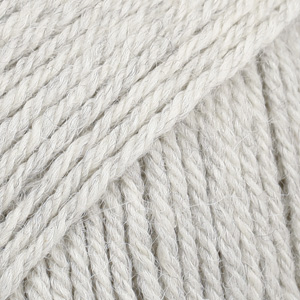
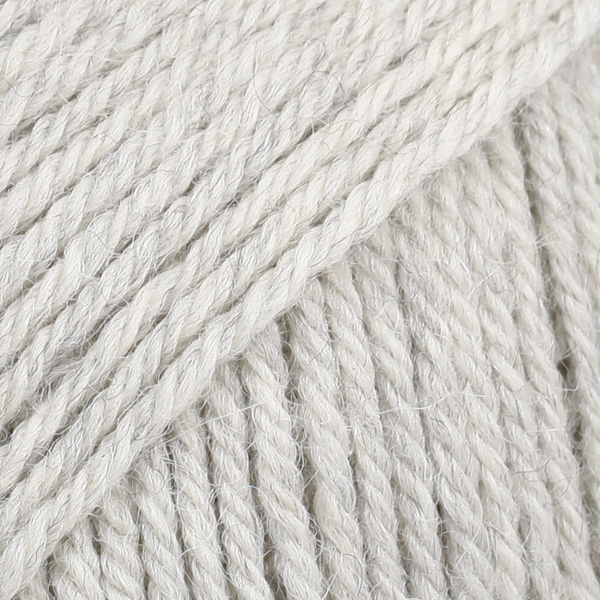










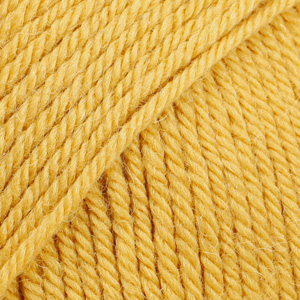
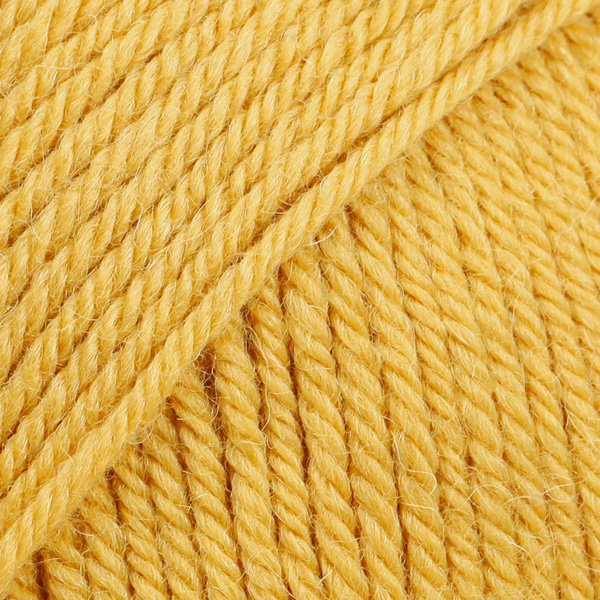



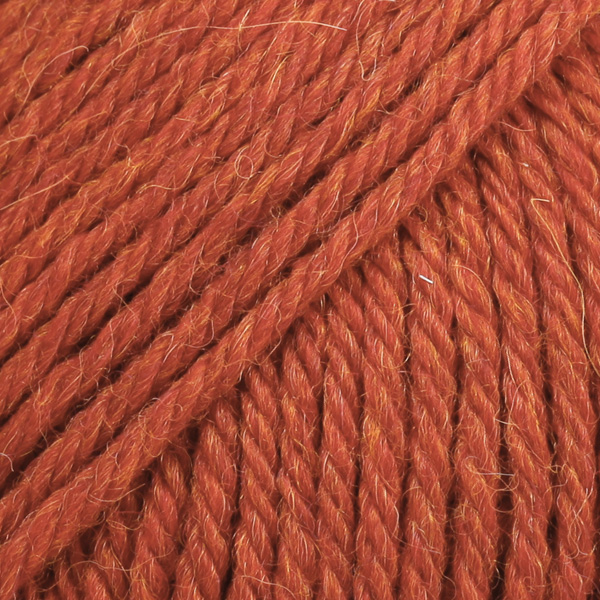
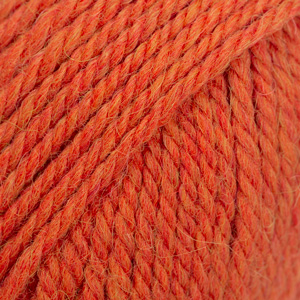


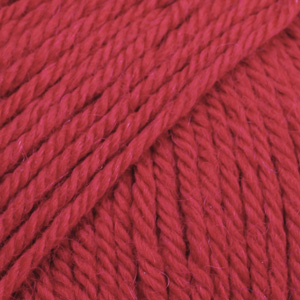
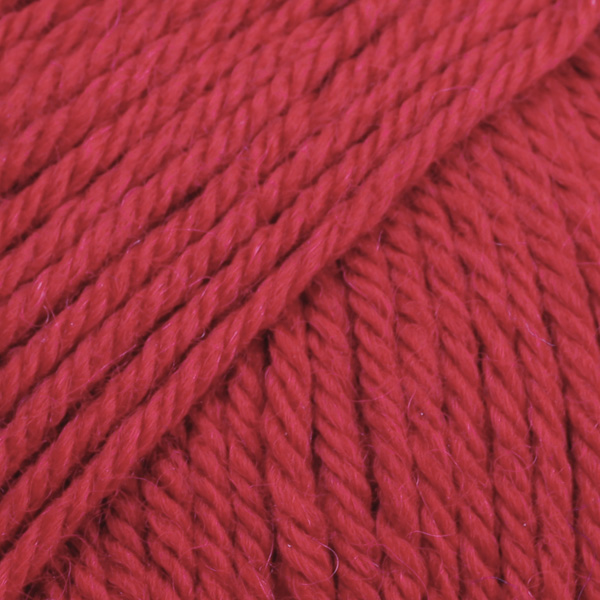





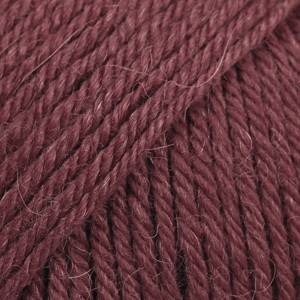
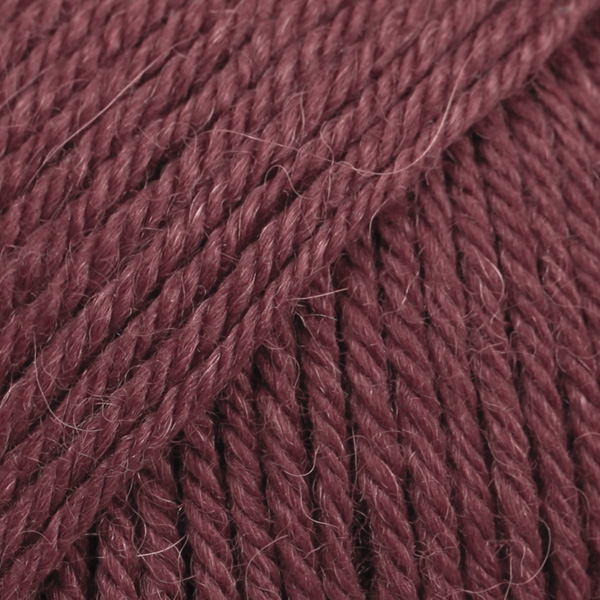
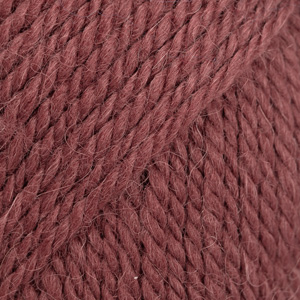



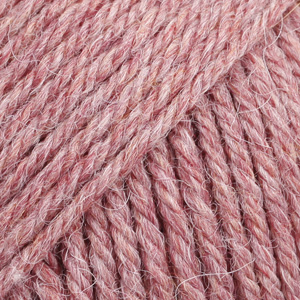
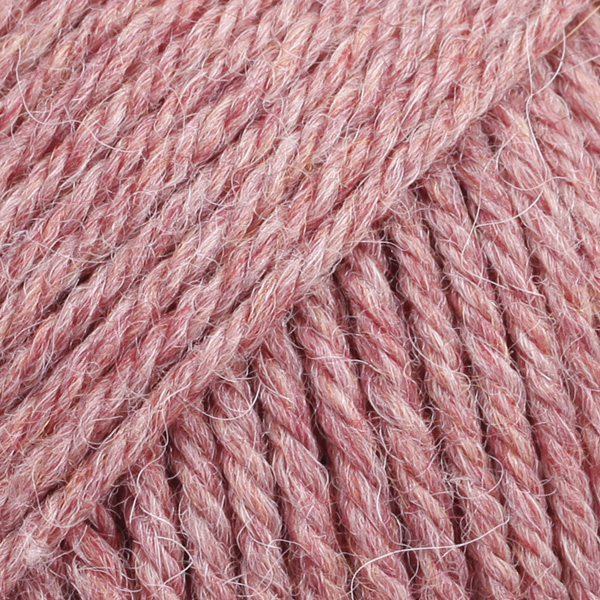
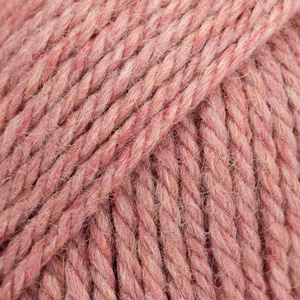

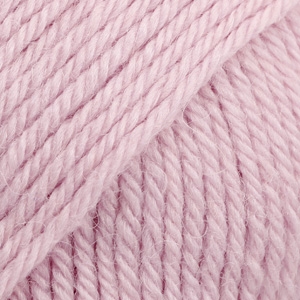
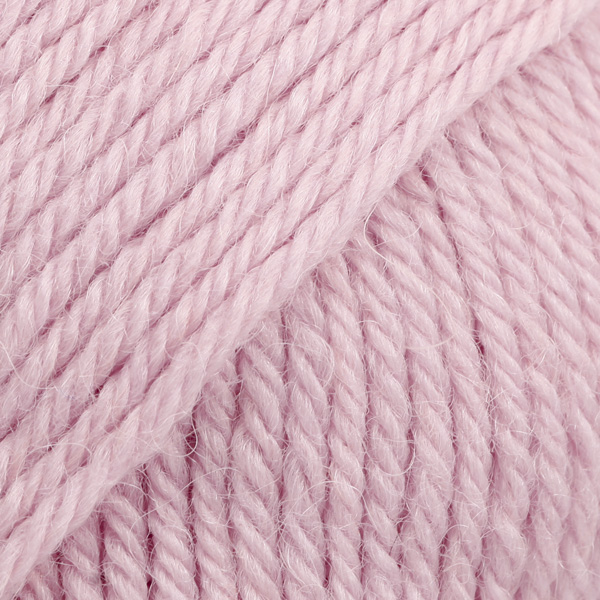


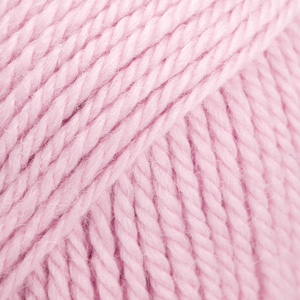
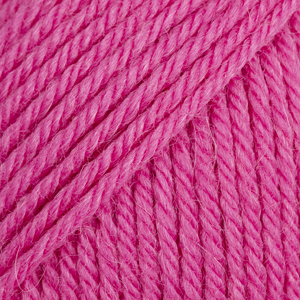
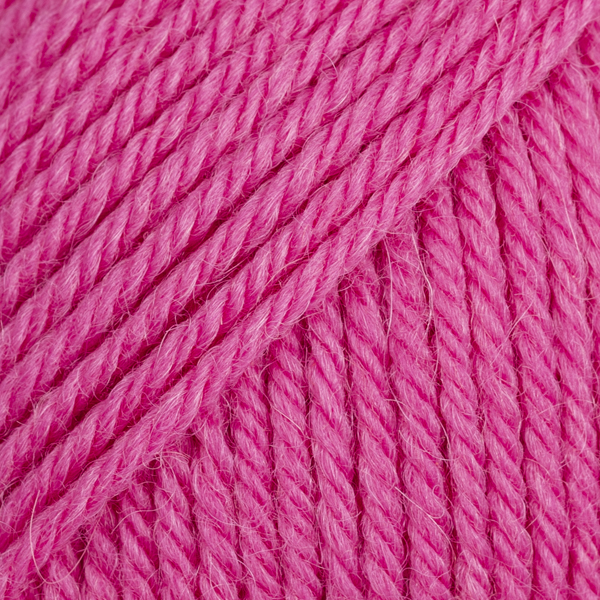









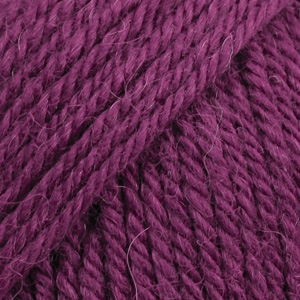
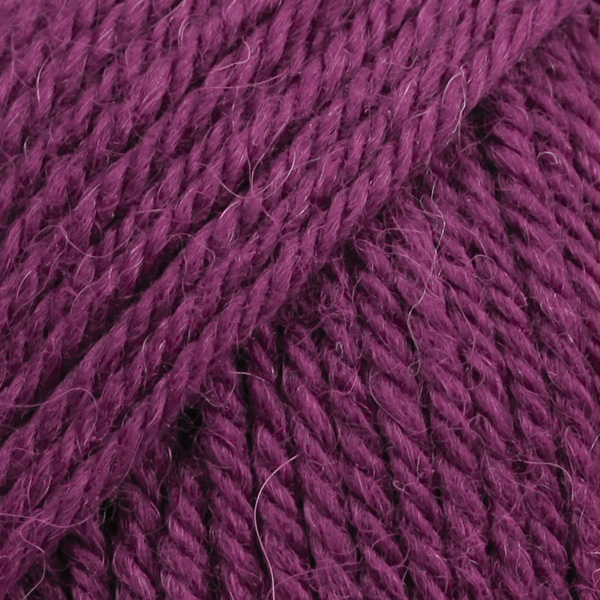

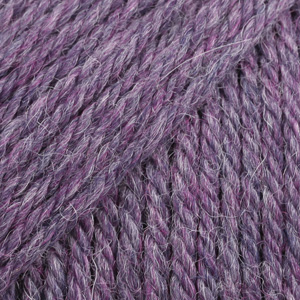
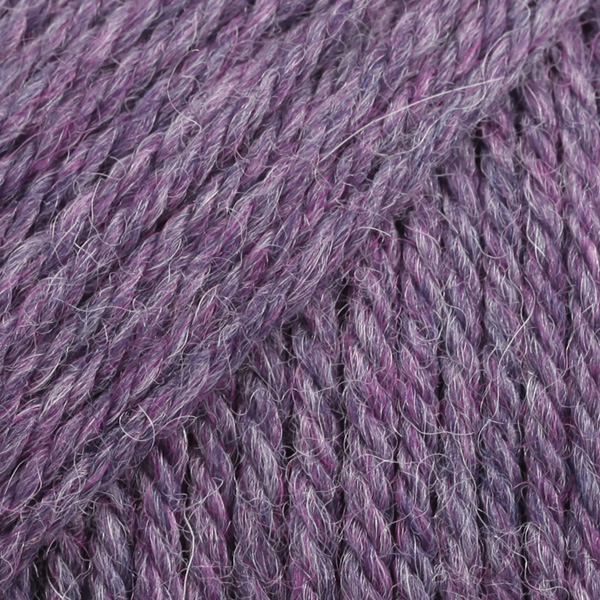




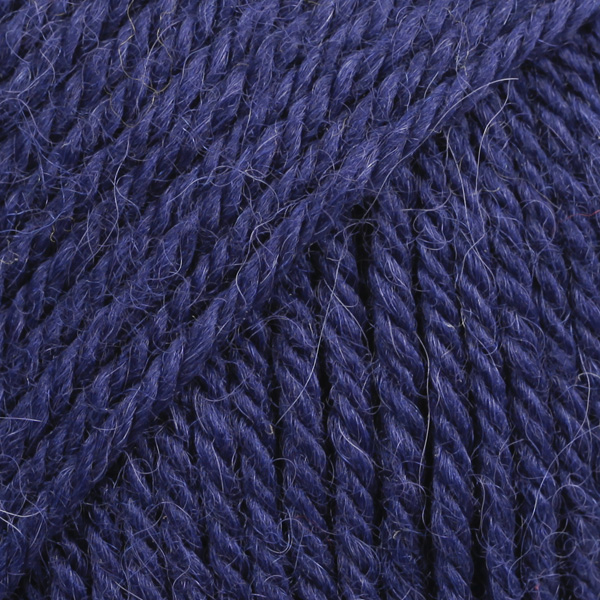

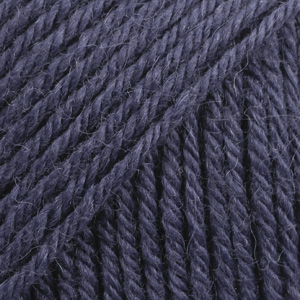
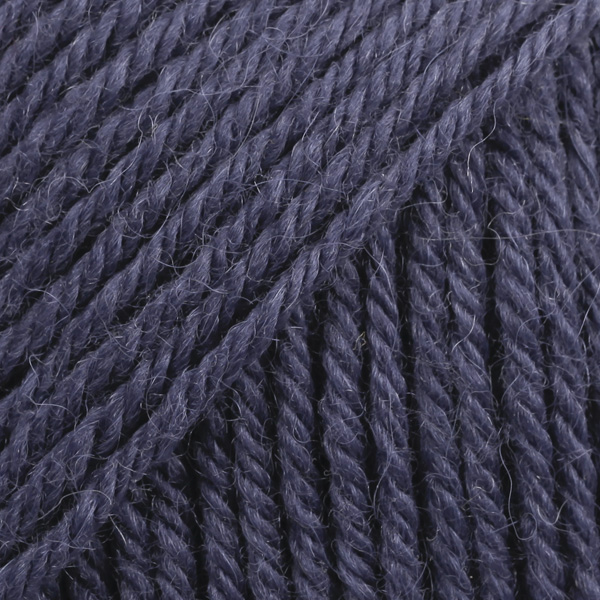



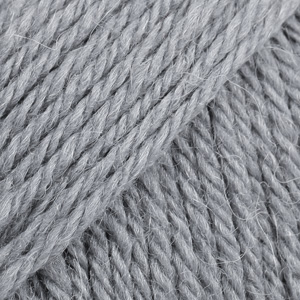
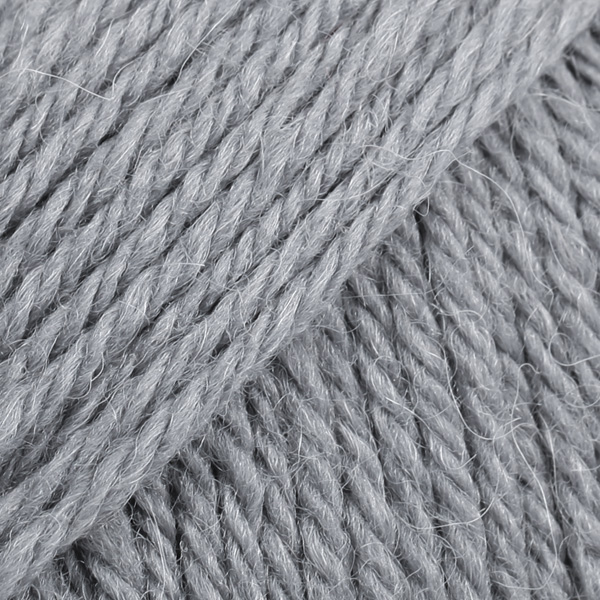
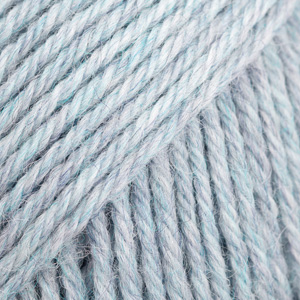
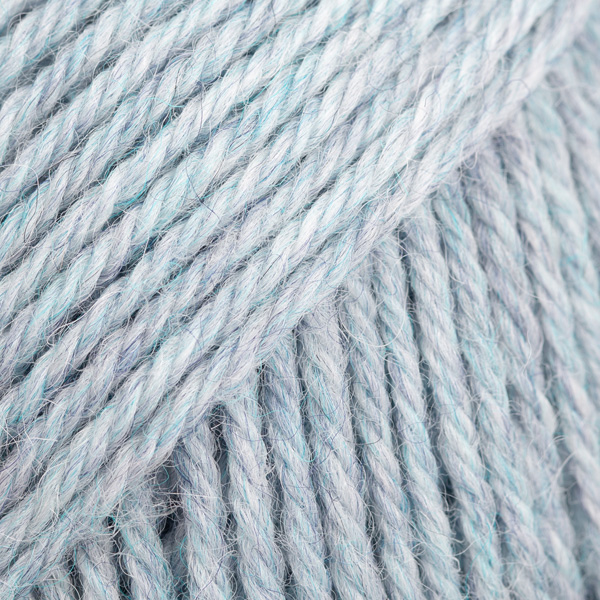
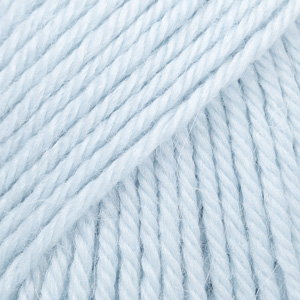
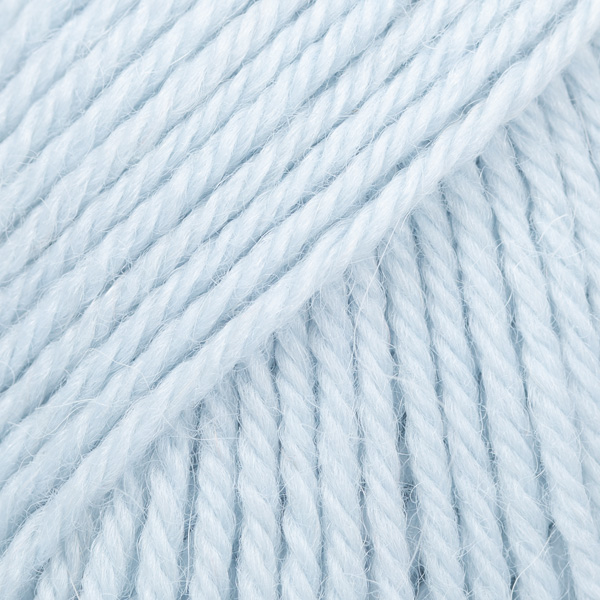
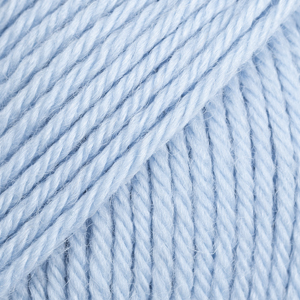
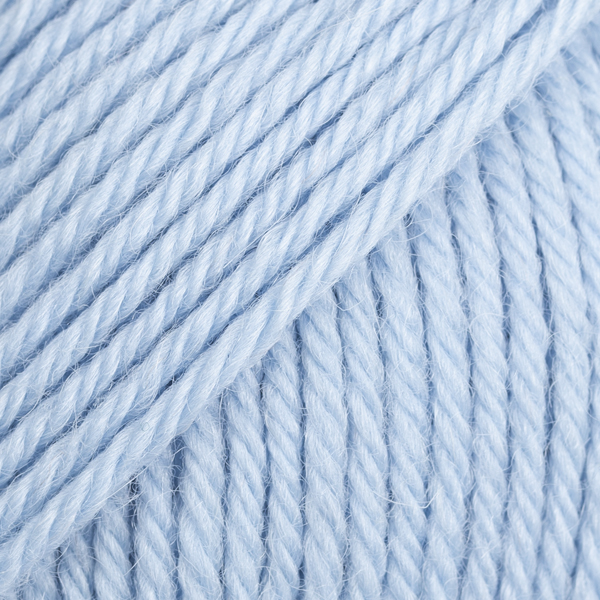
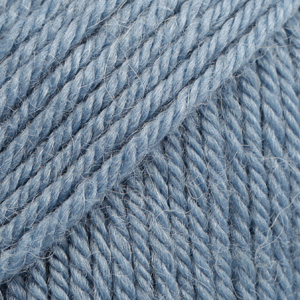

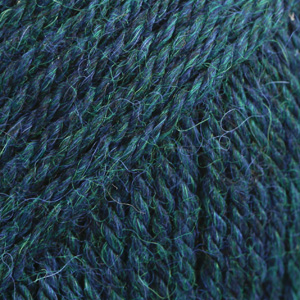
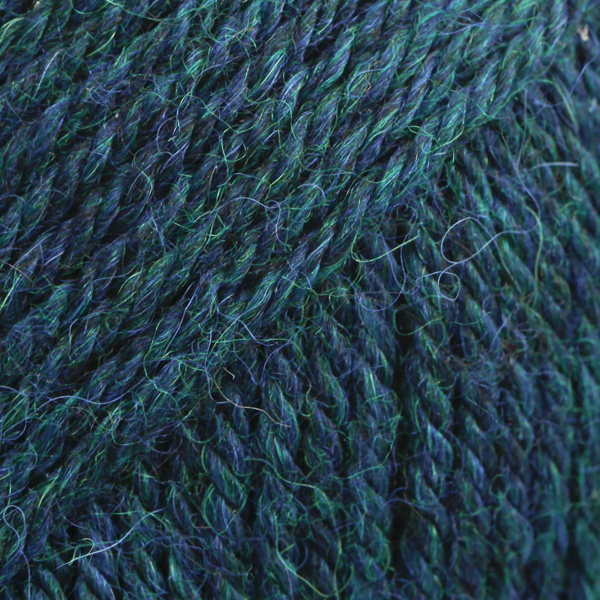
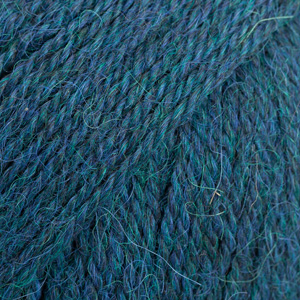
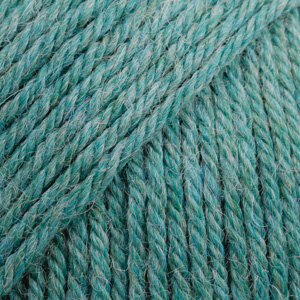
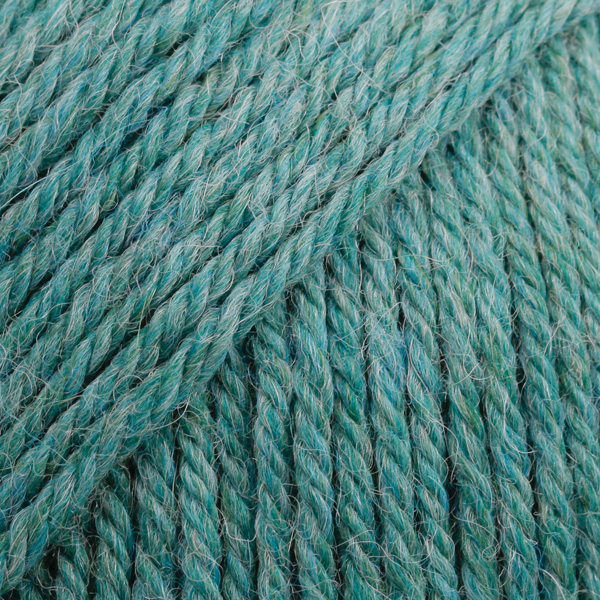








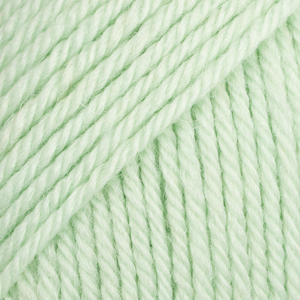
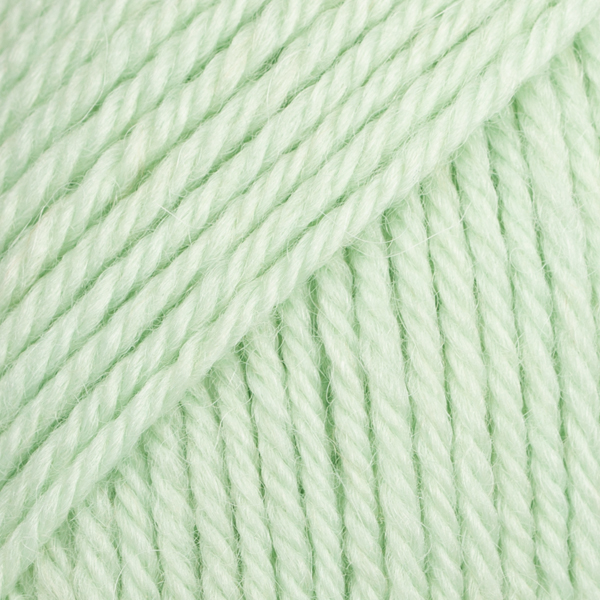

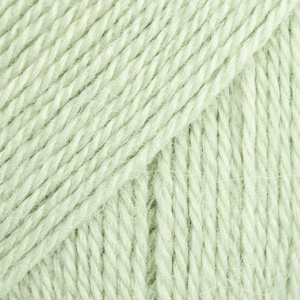








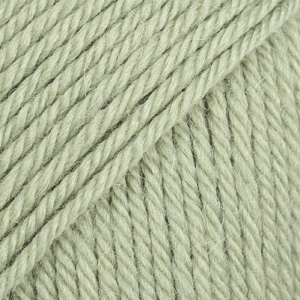
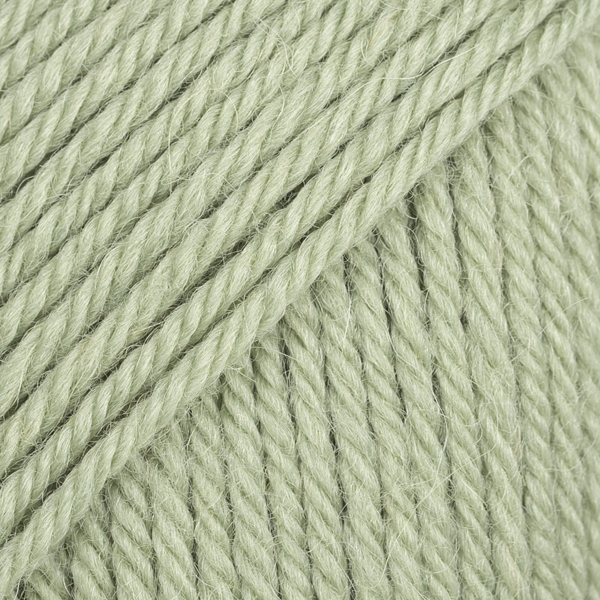
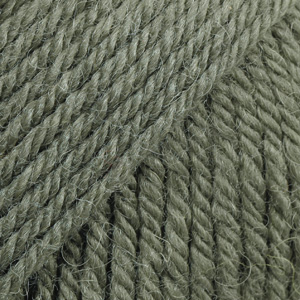
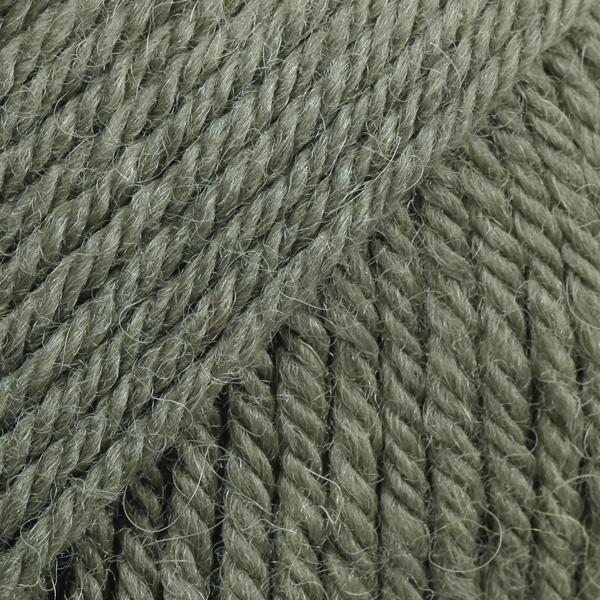
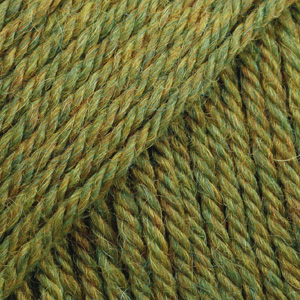
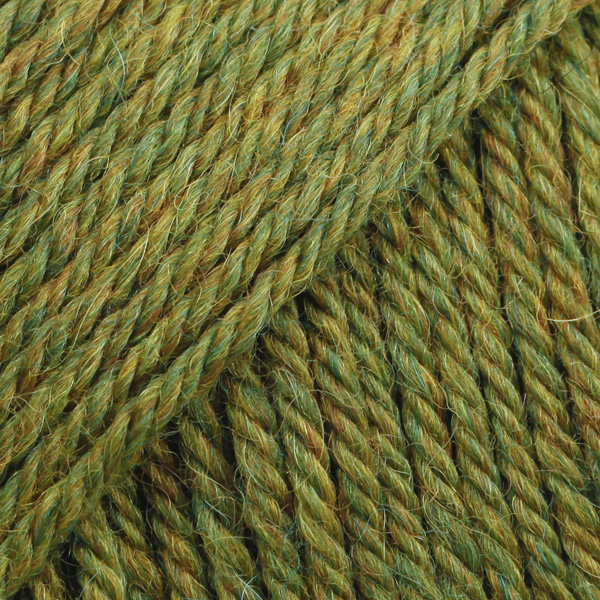

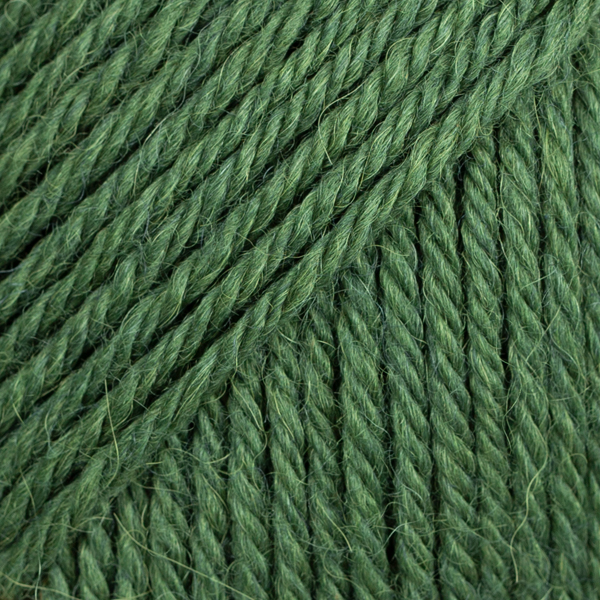



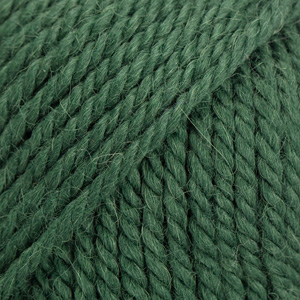


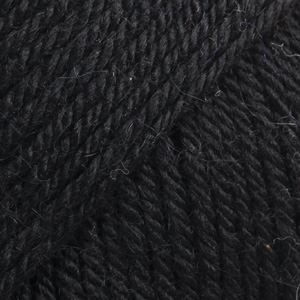
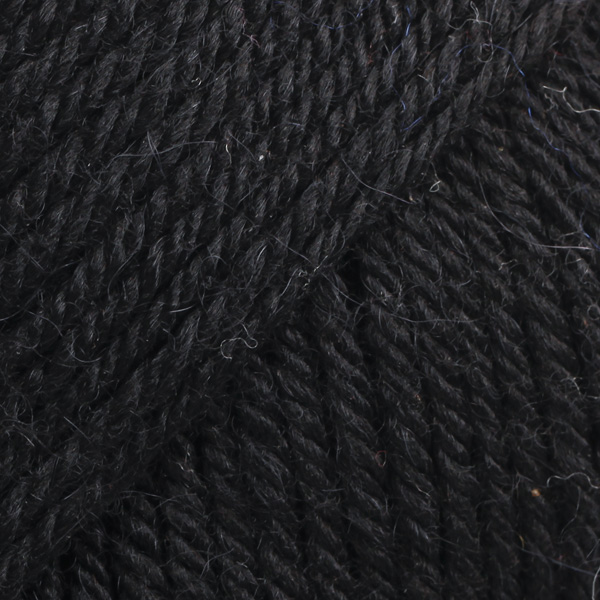



















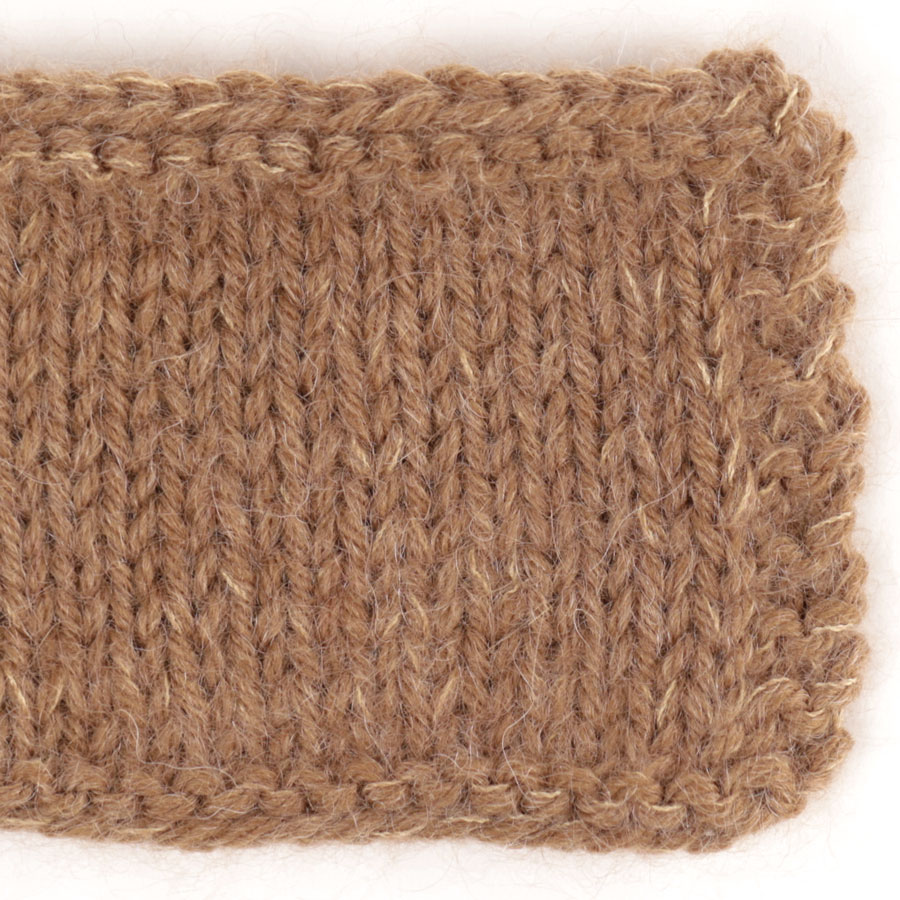
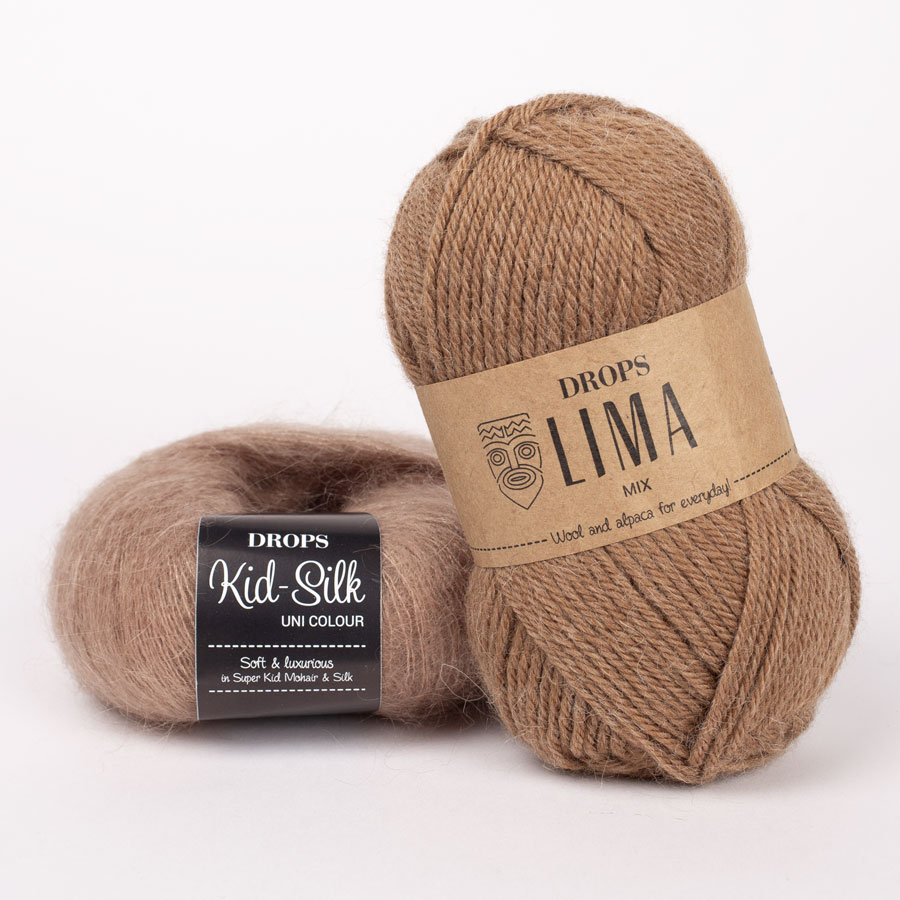
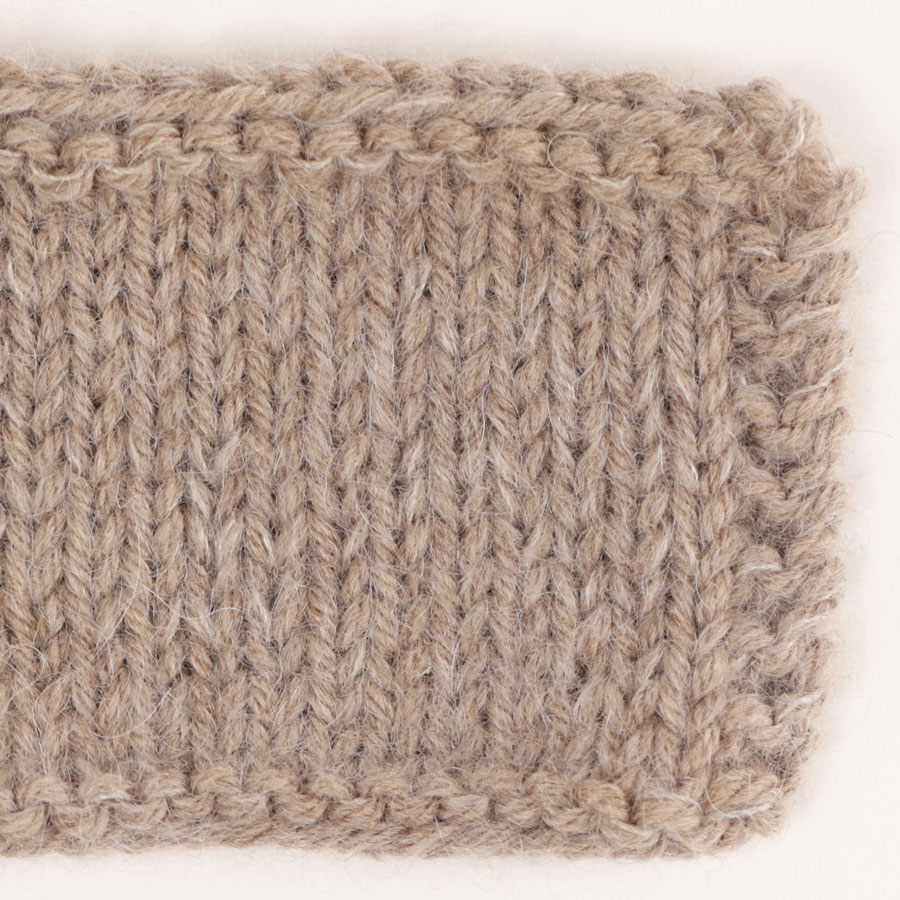
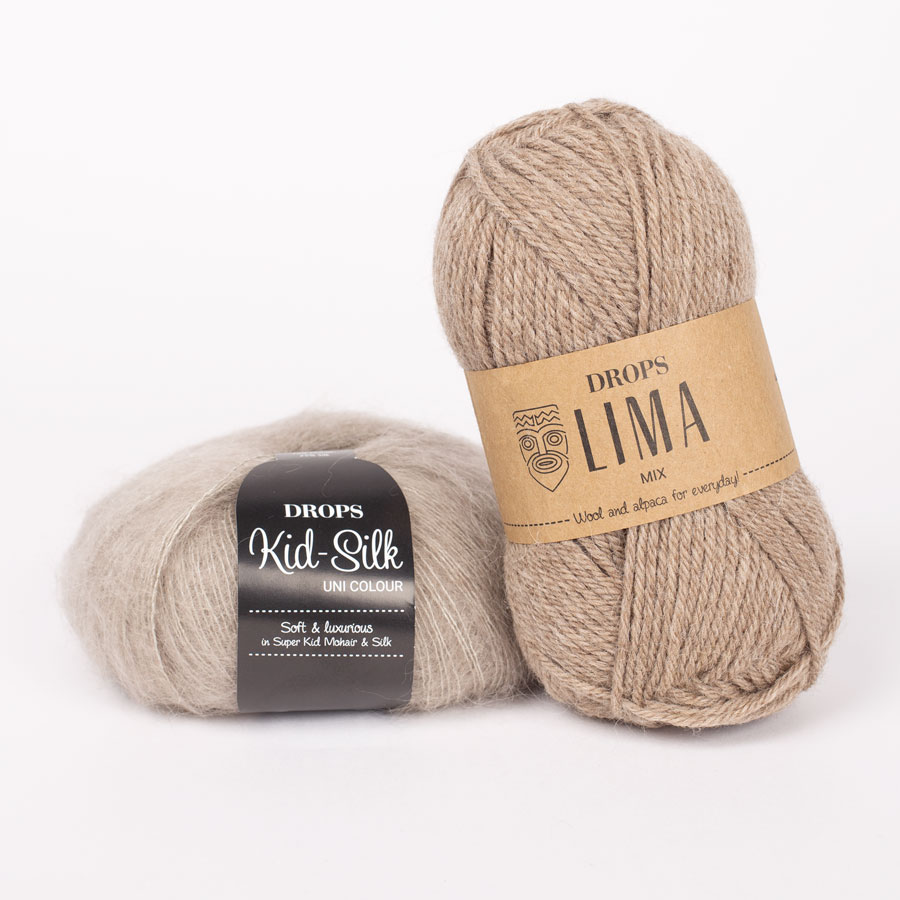
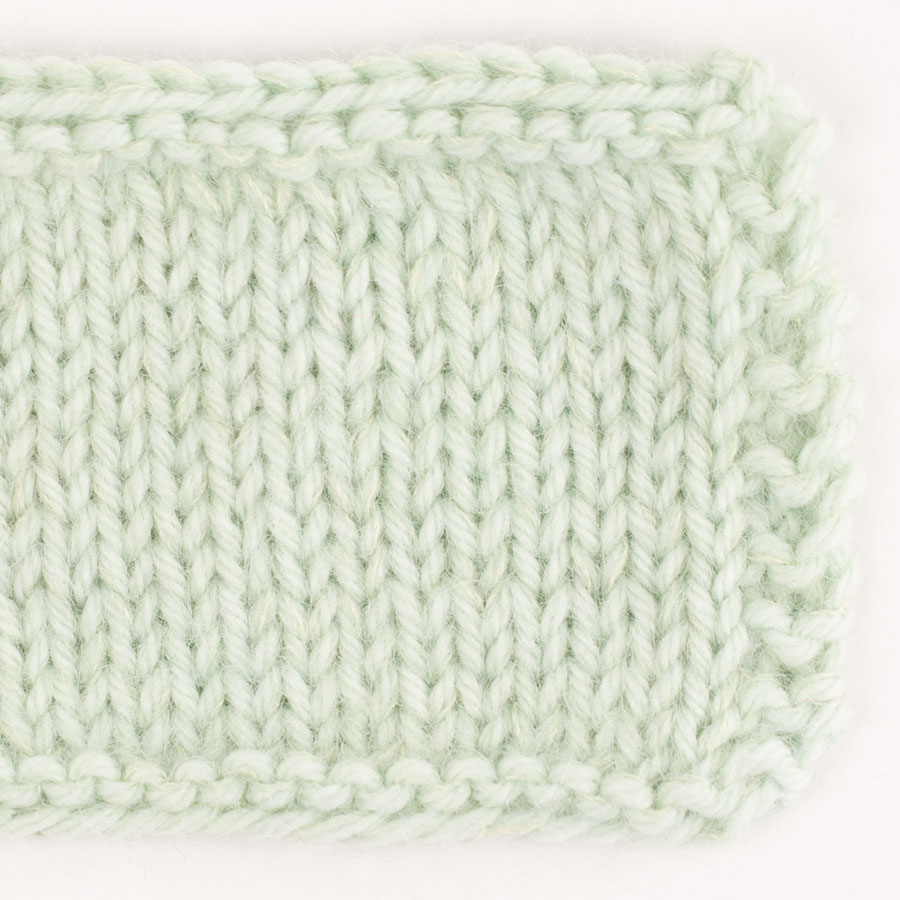
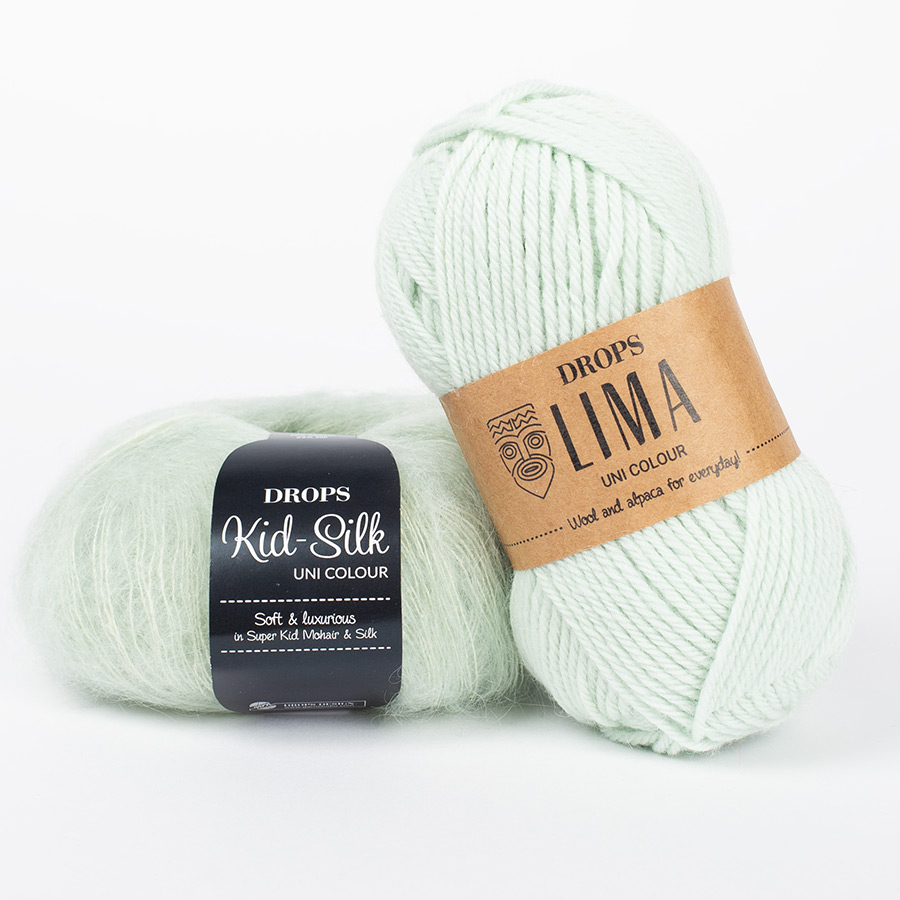
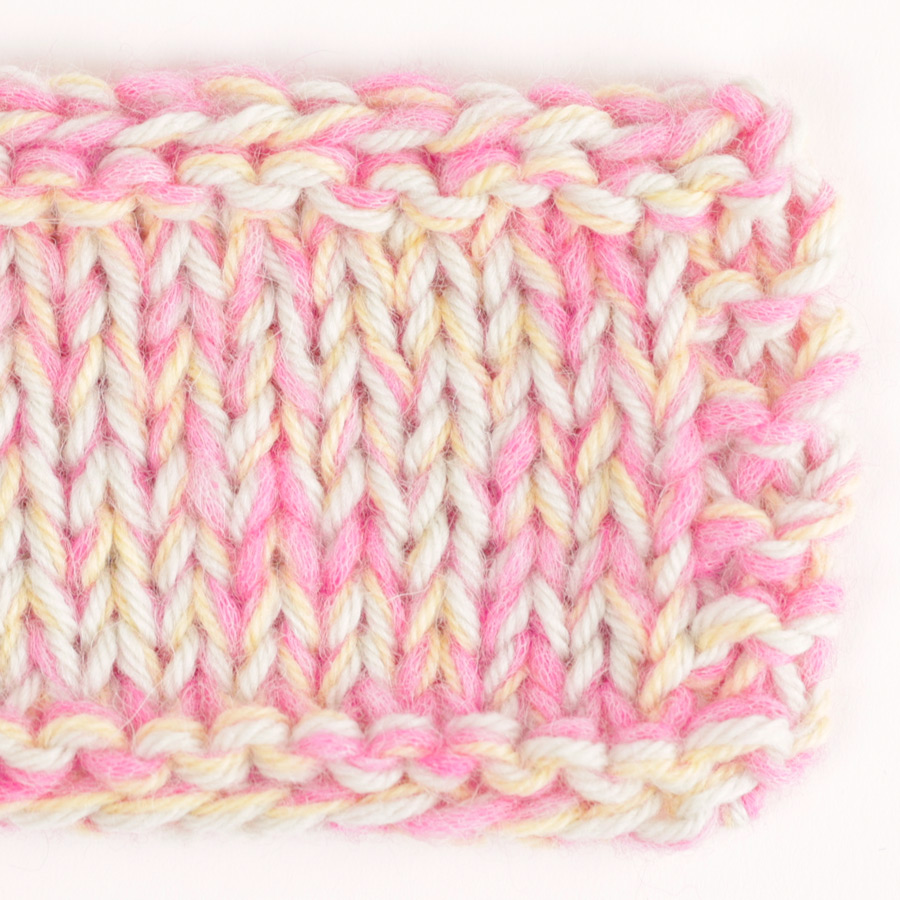
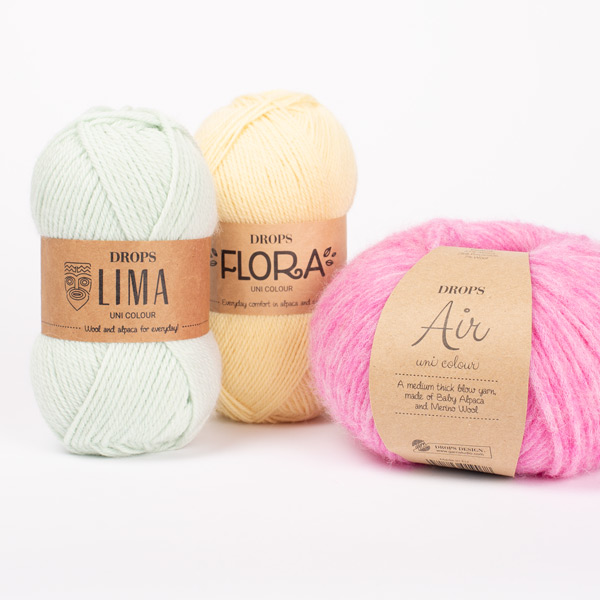
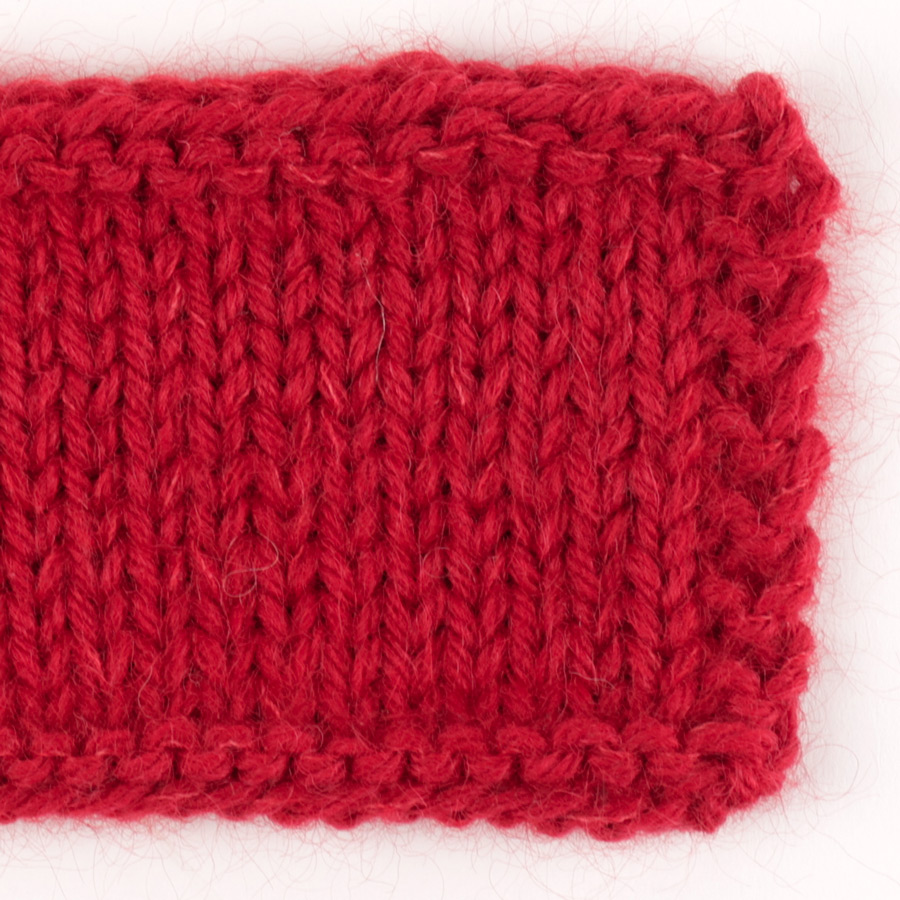
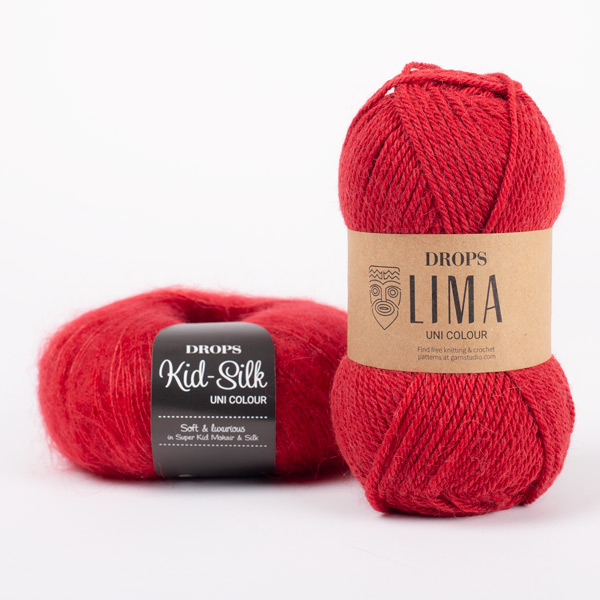
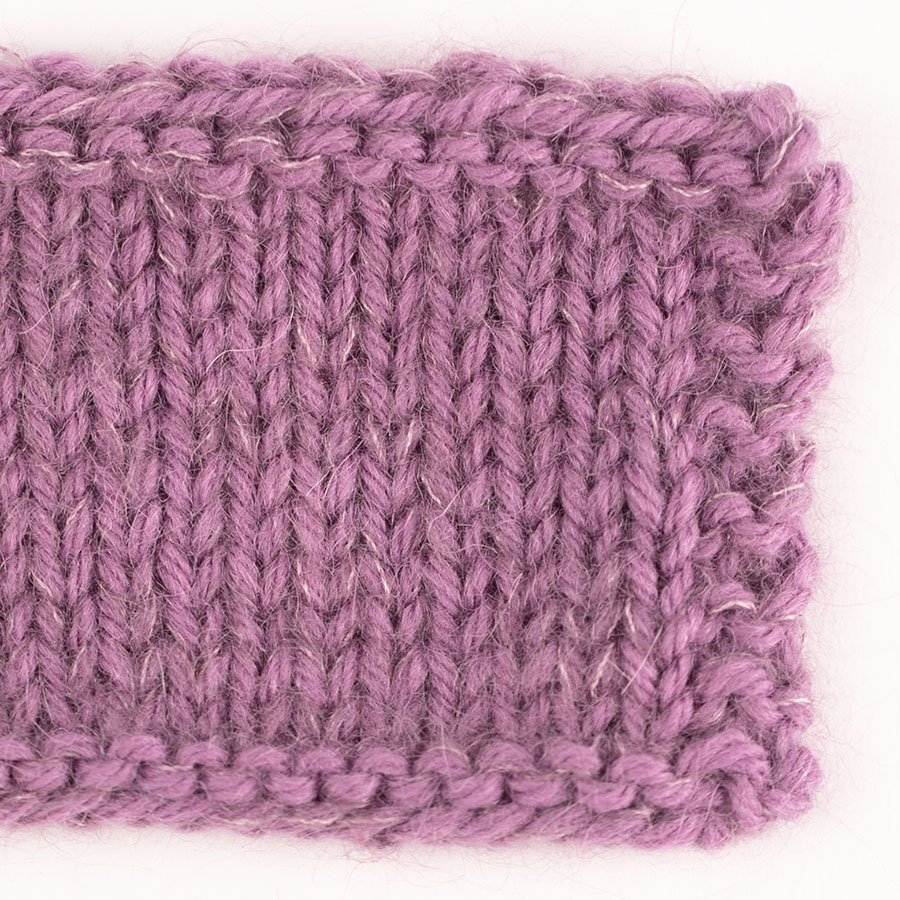

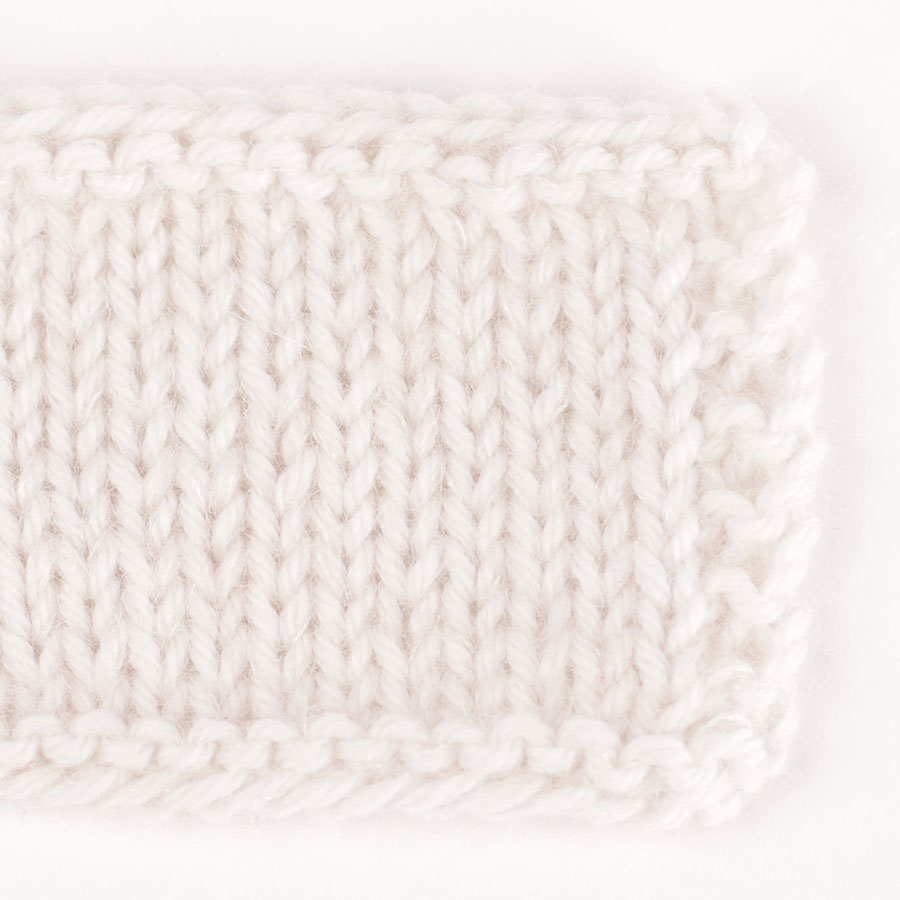
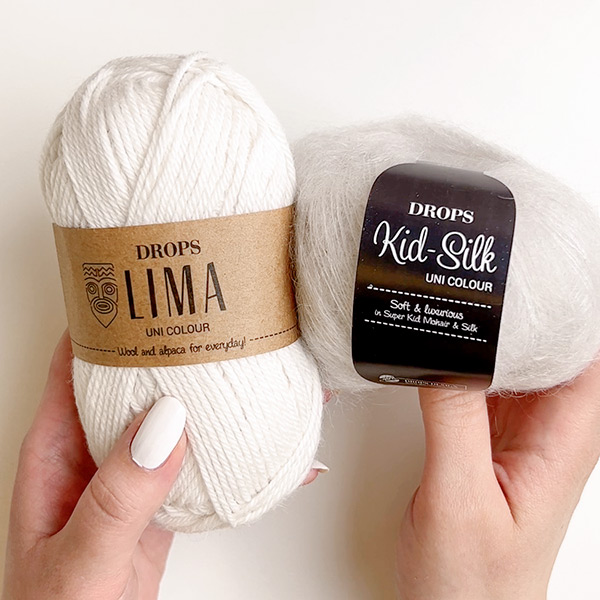
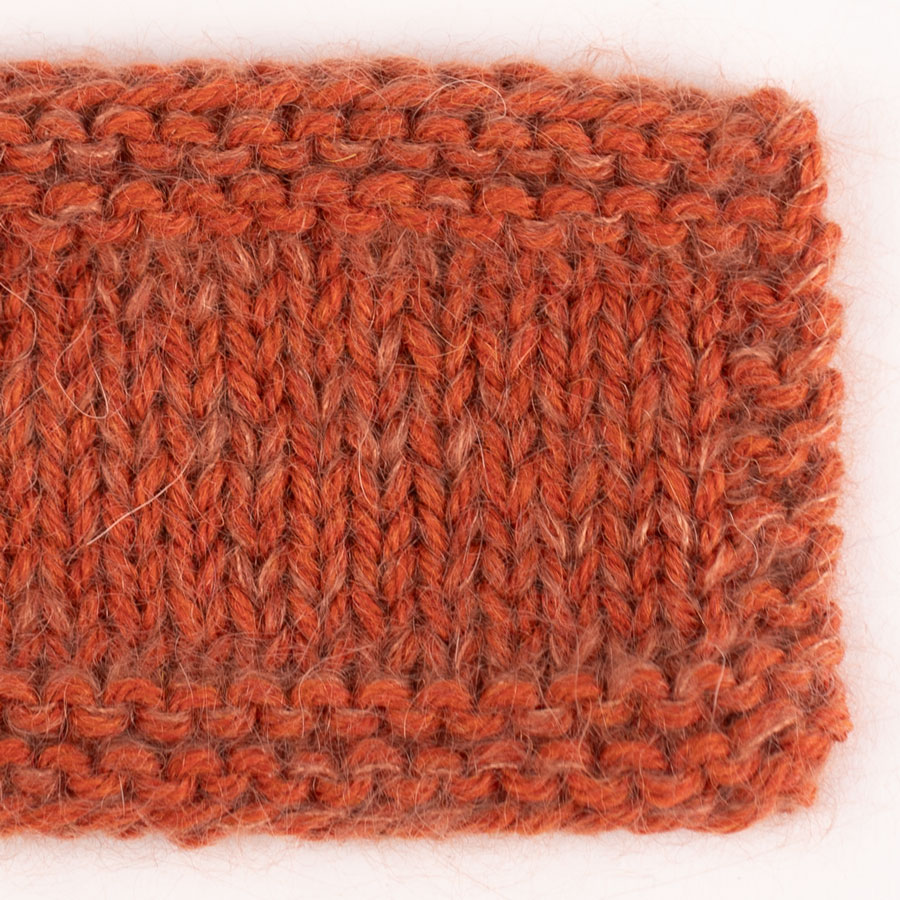
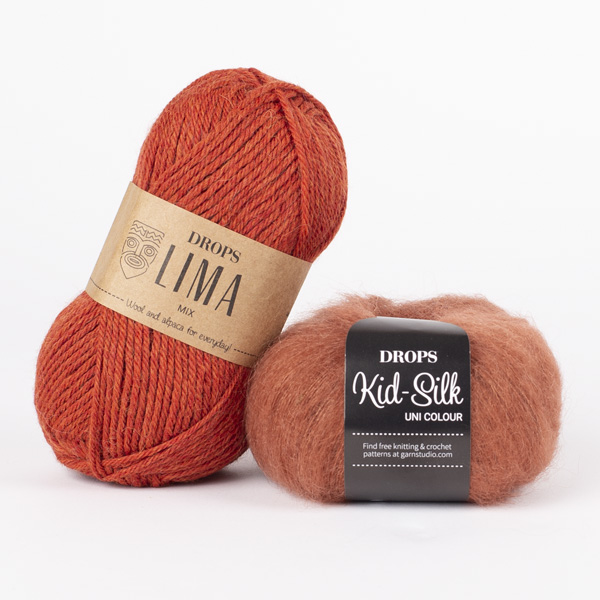
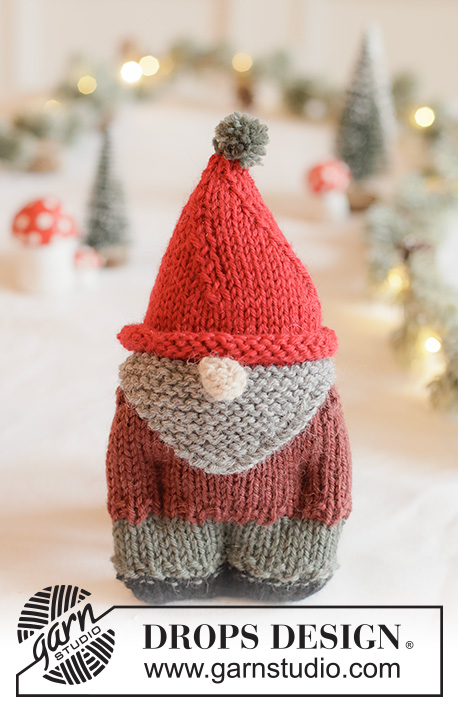

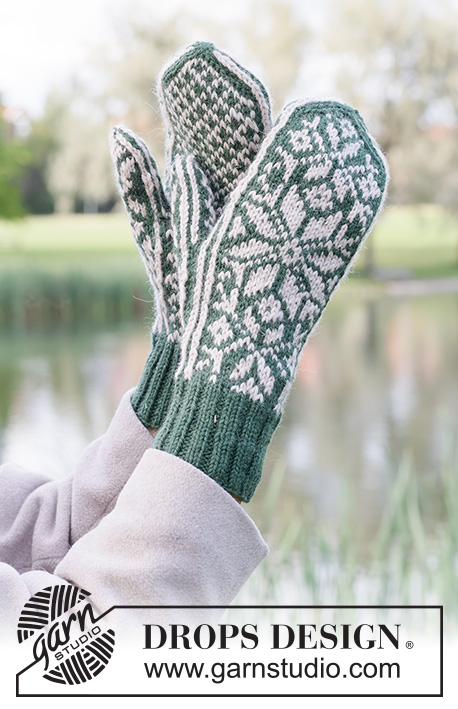

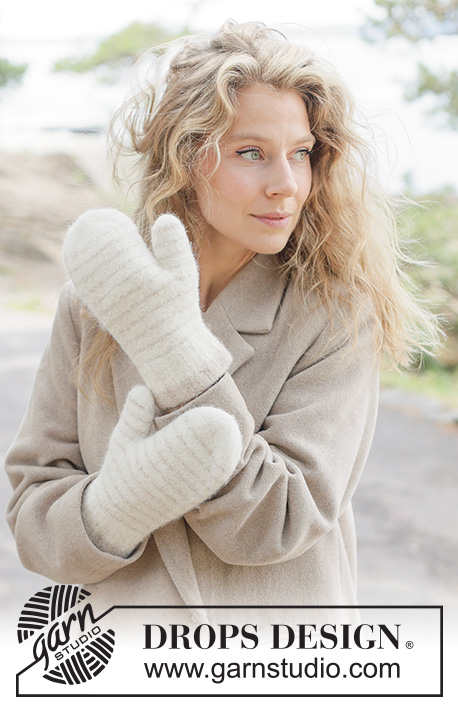
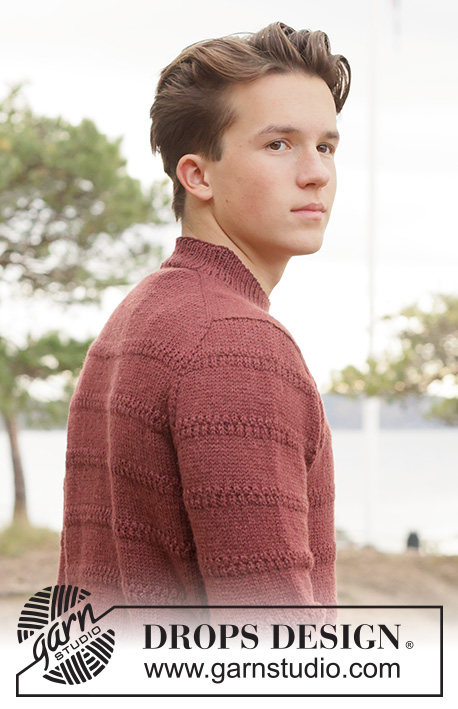


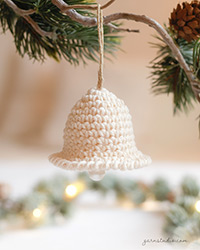
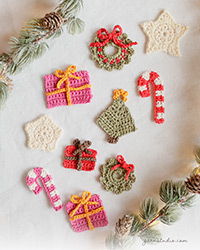

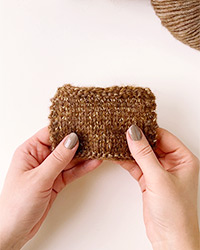
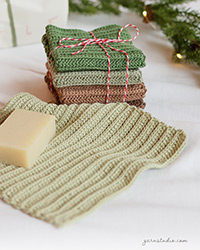
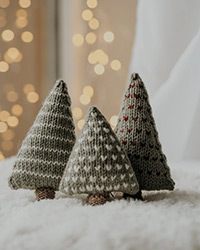
Jeg har strikket med farge isblå , og etter min mening er den ikke isblå men går over i lys lilla ,
09.02.2020 - 13:29